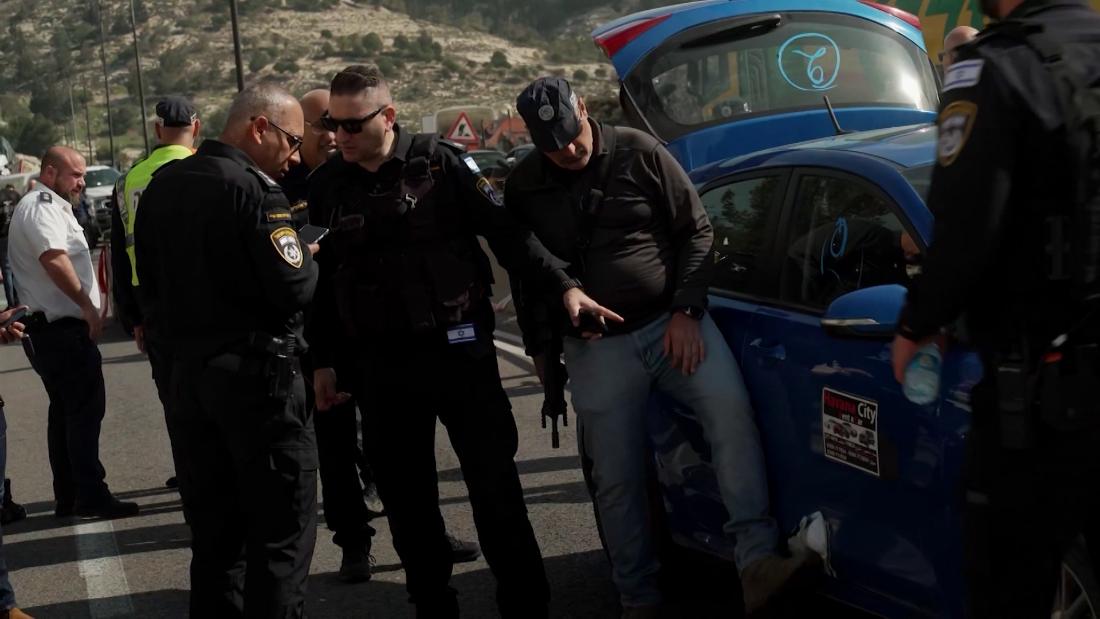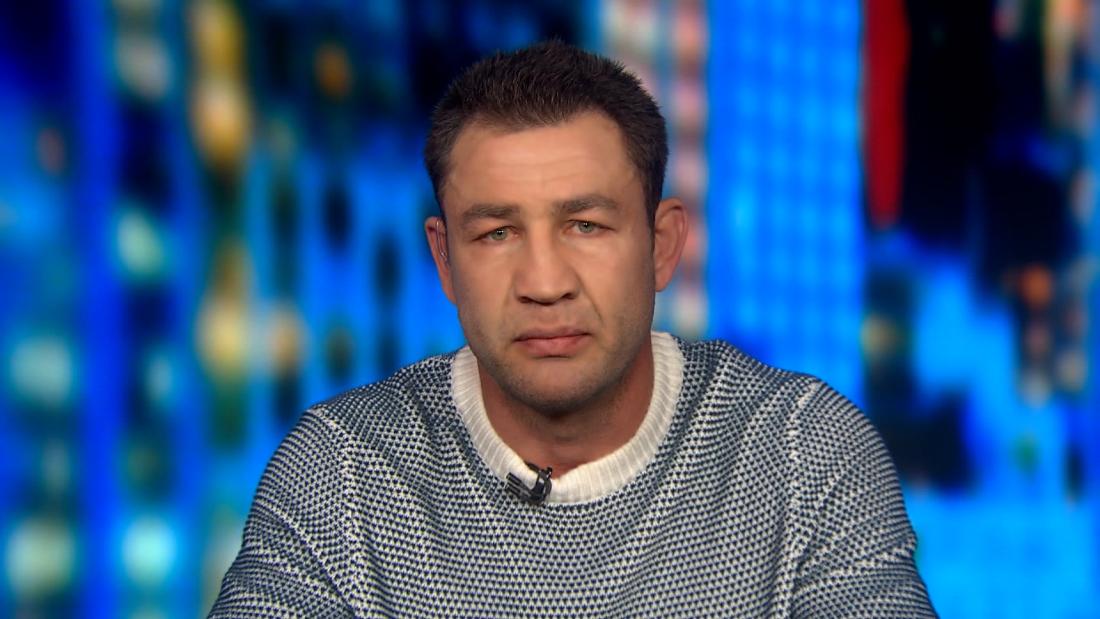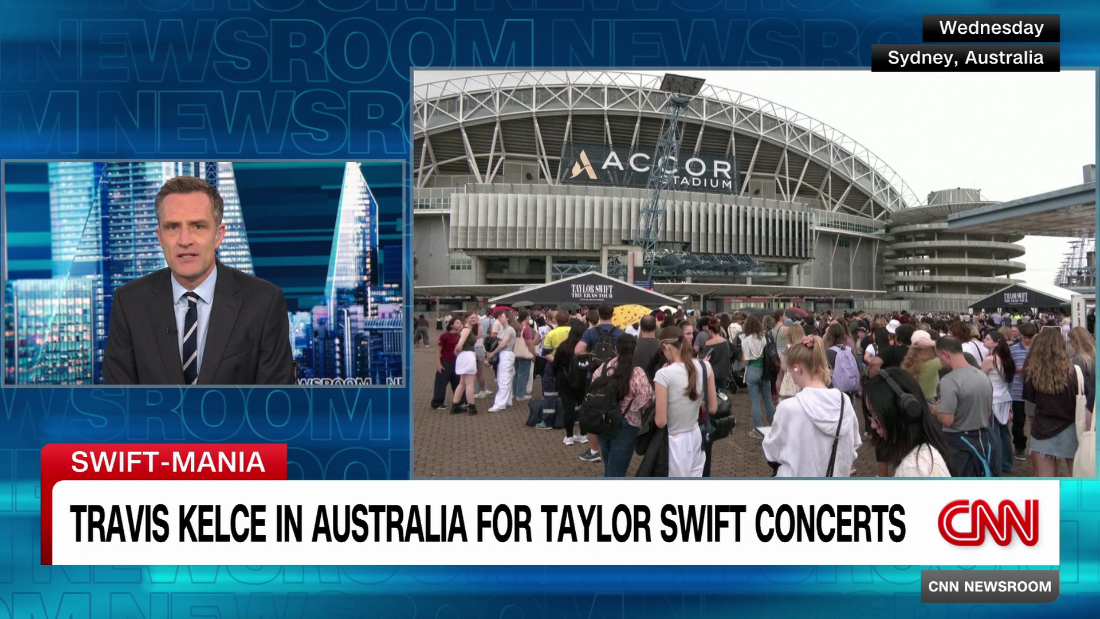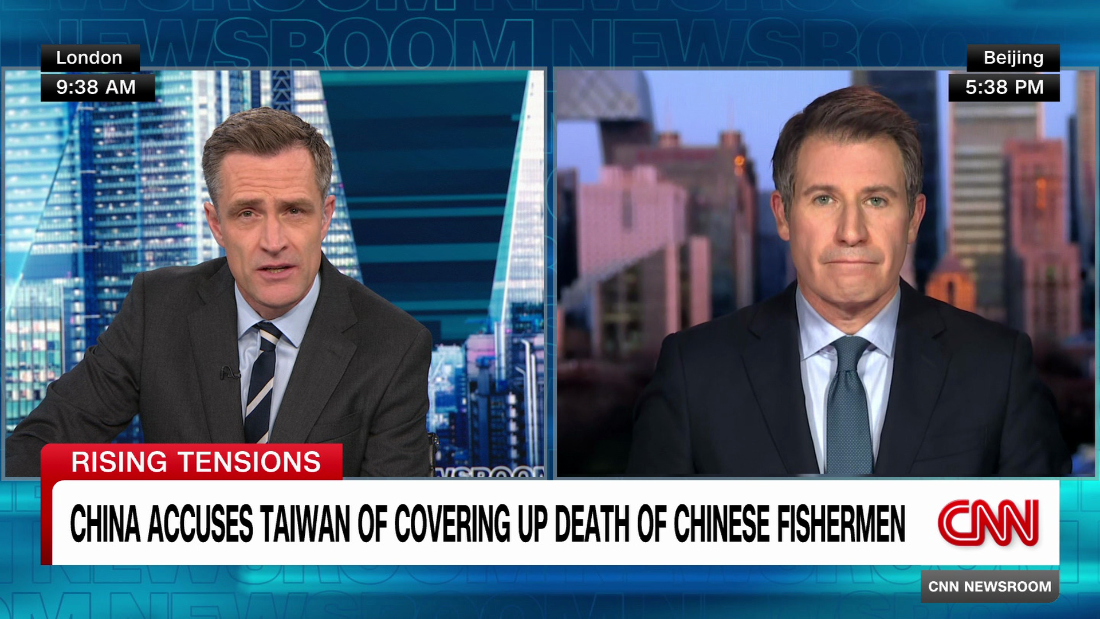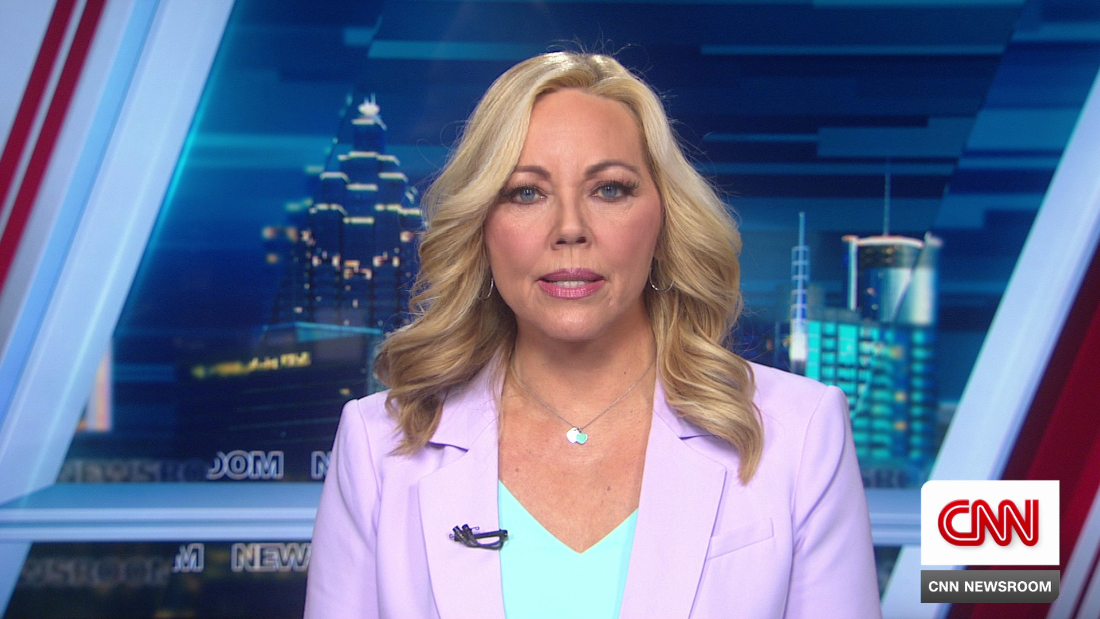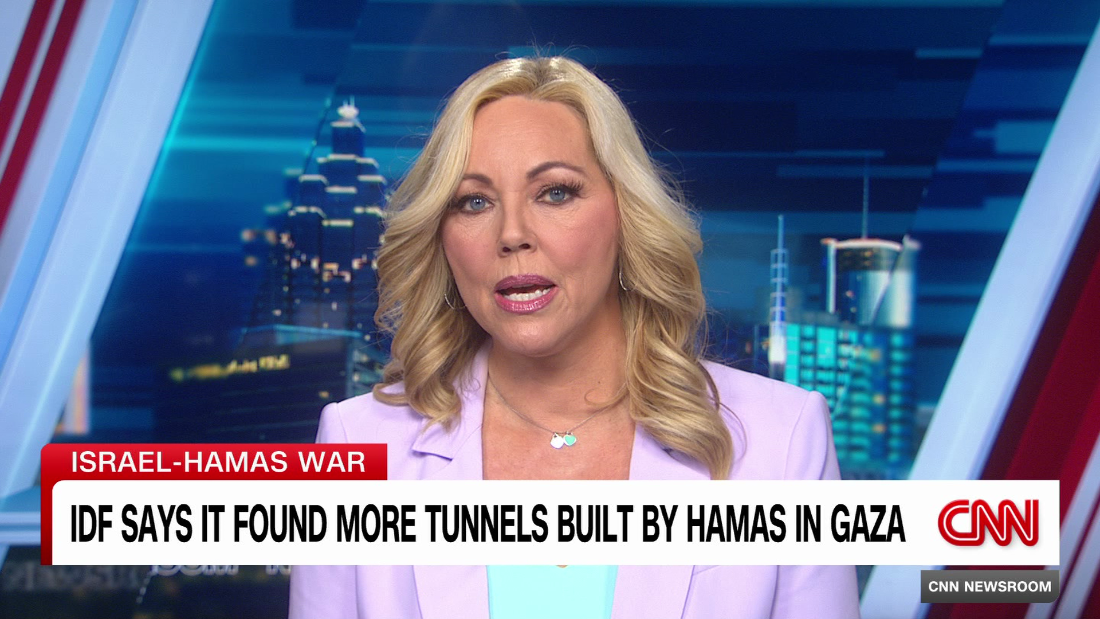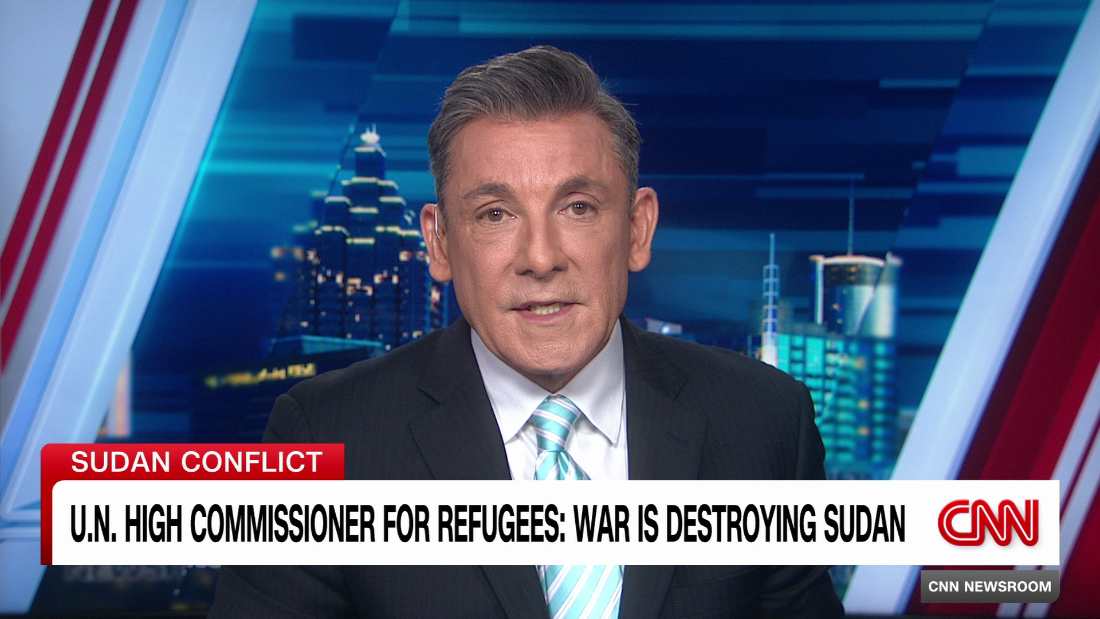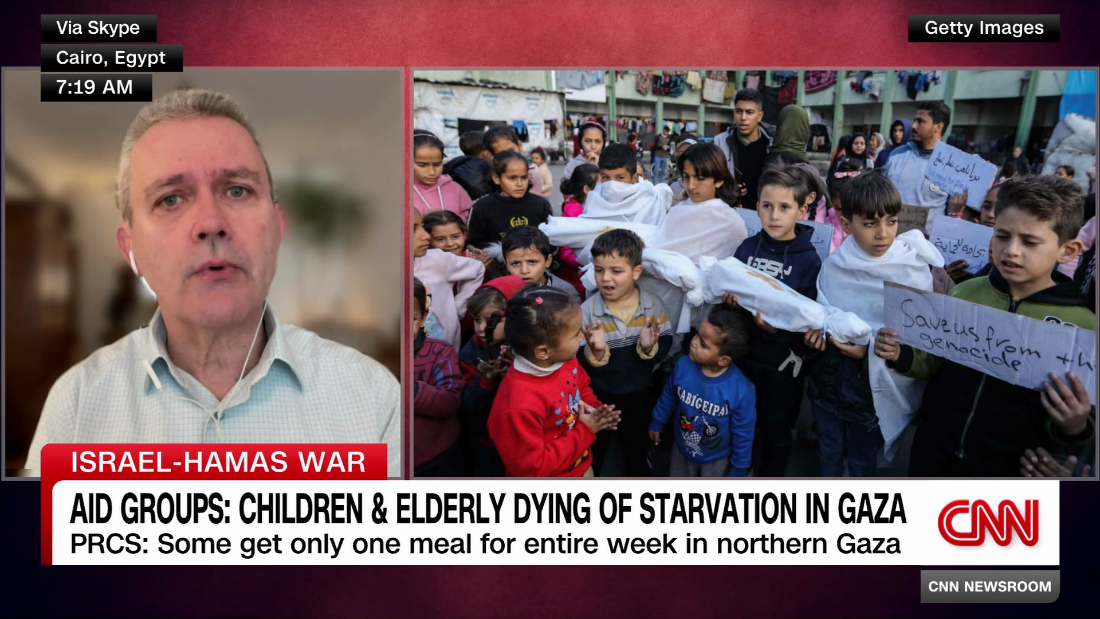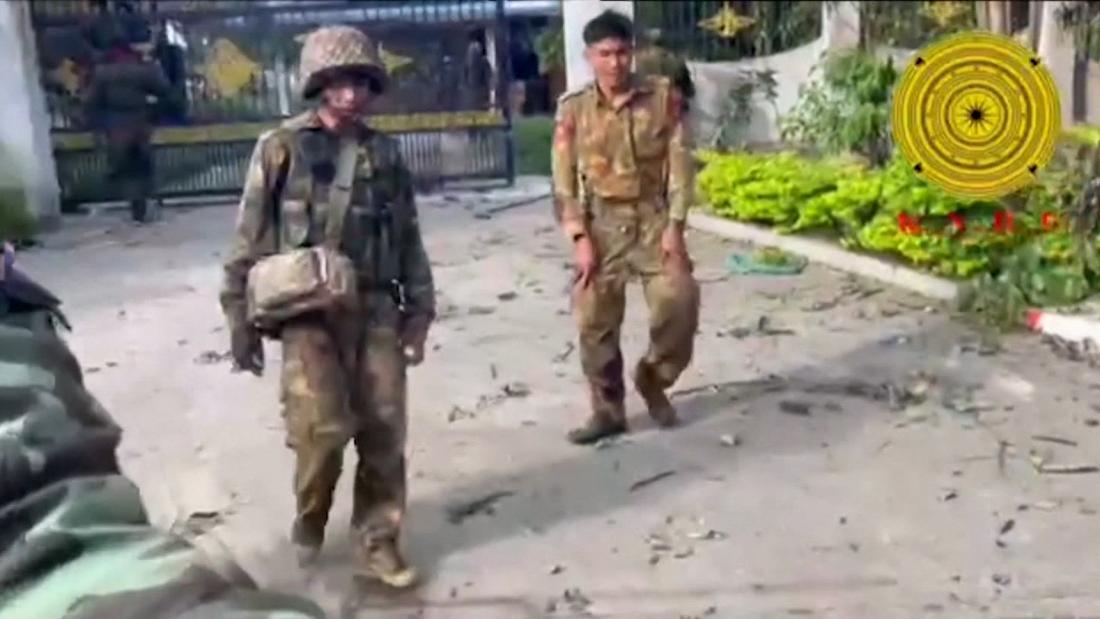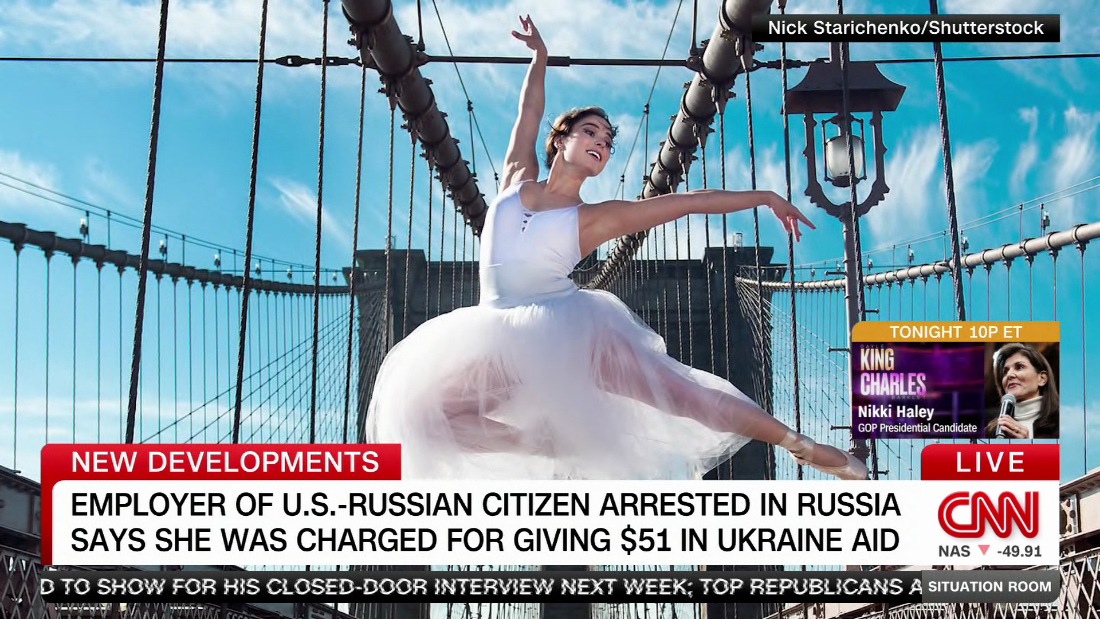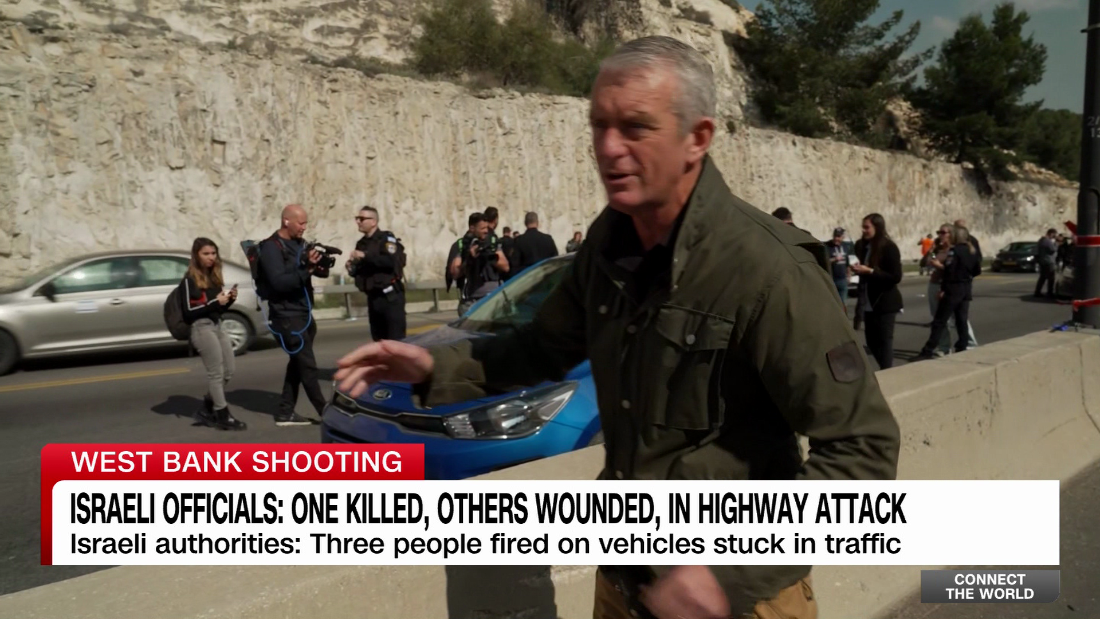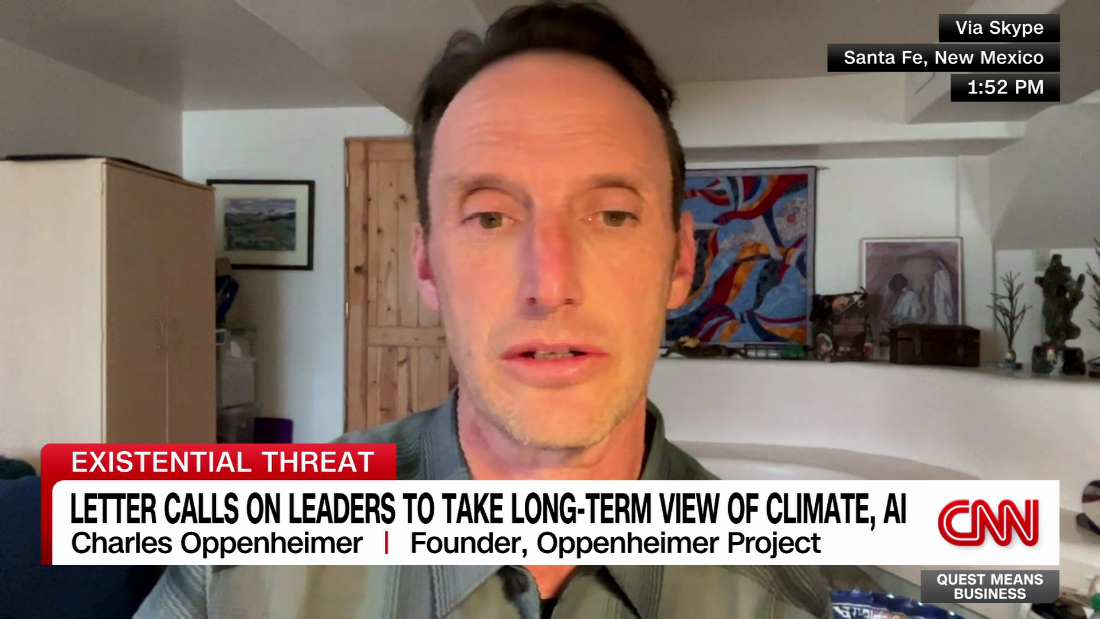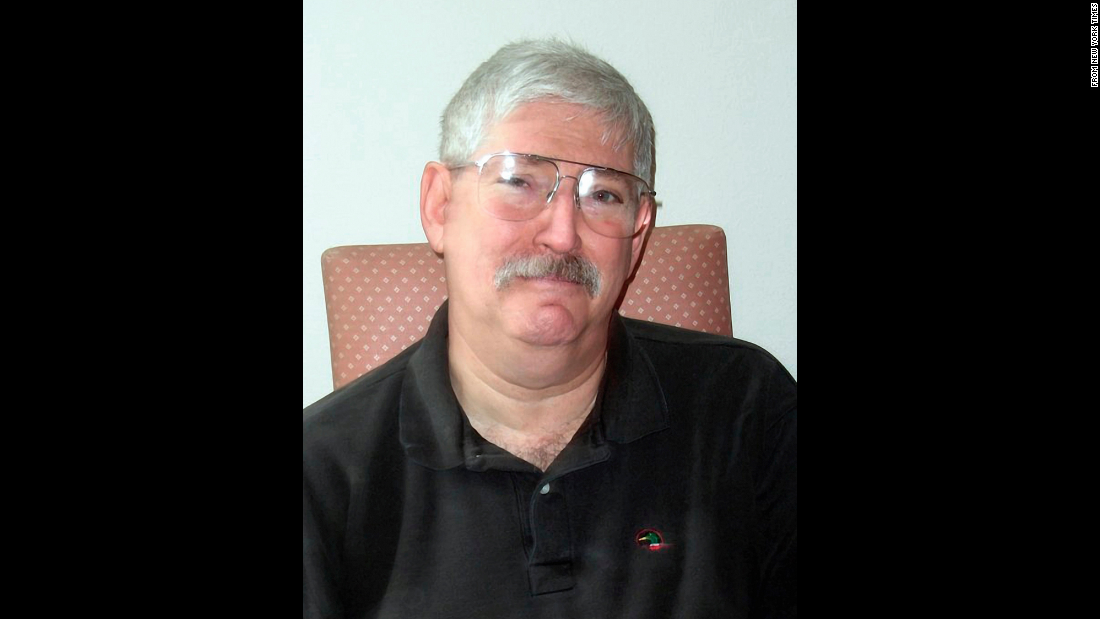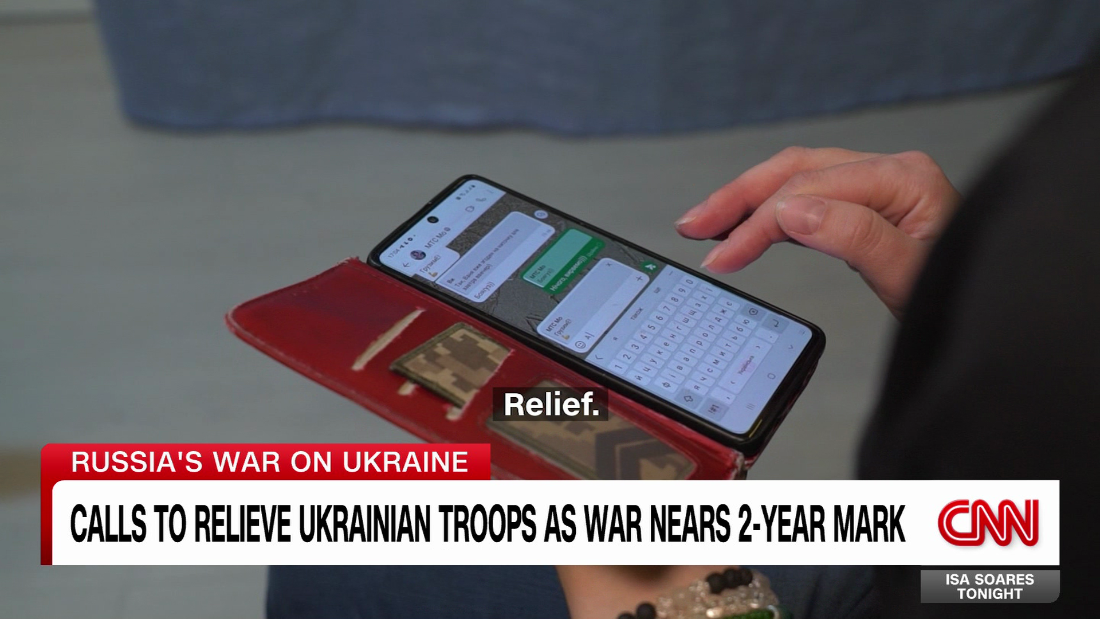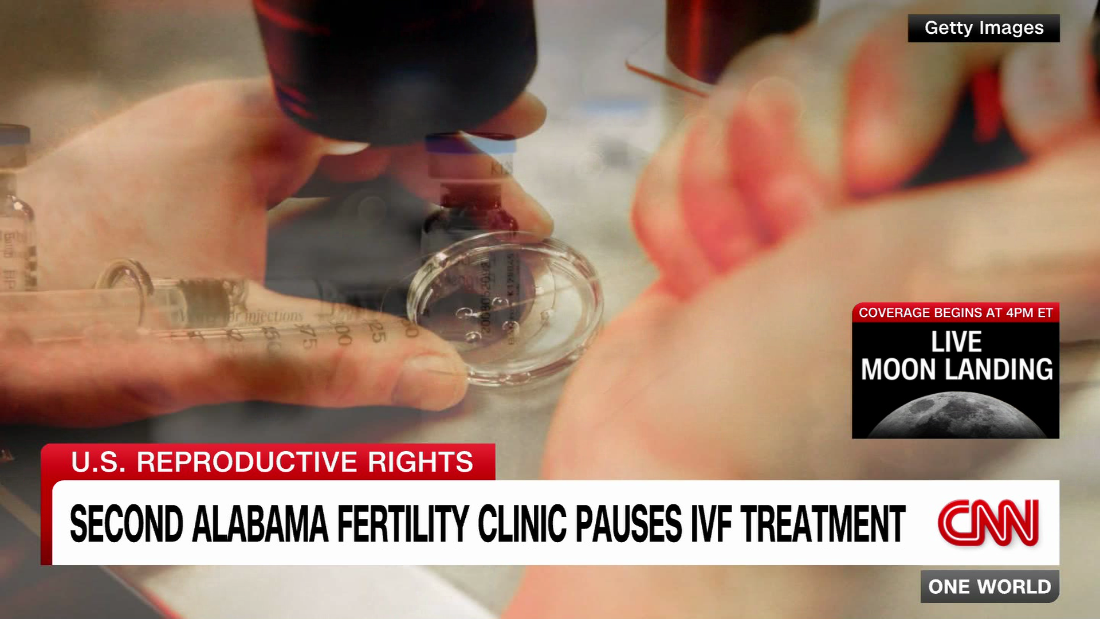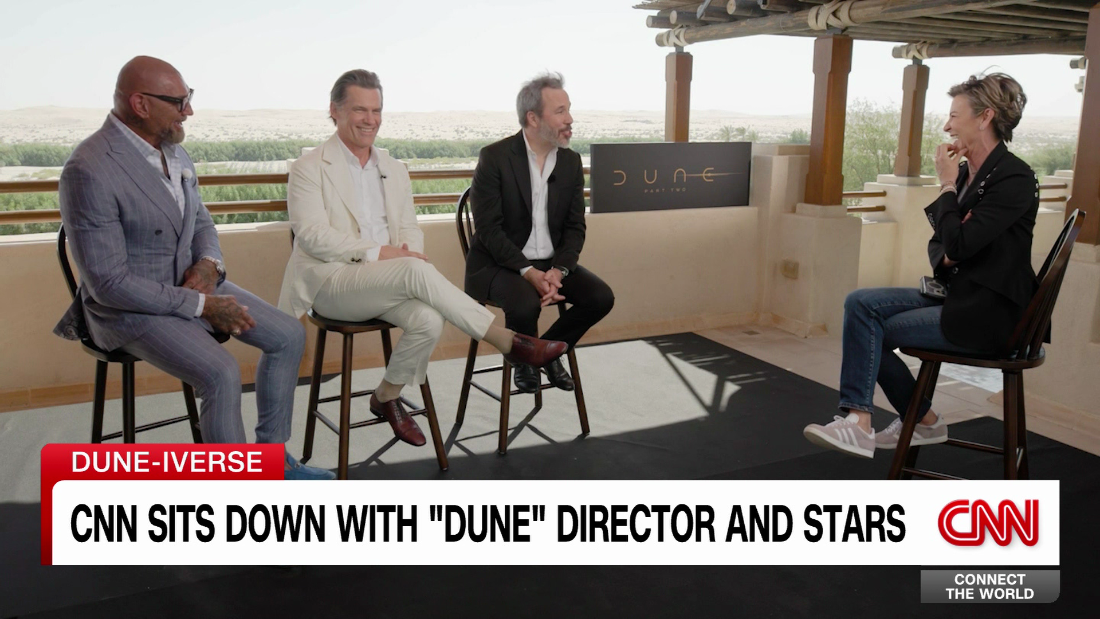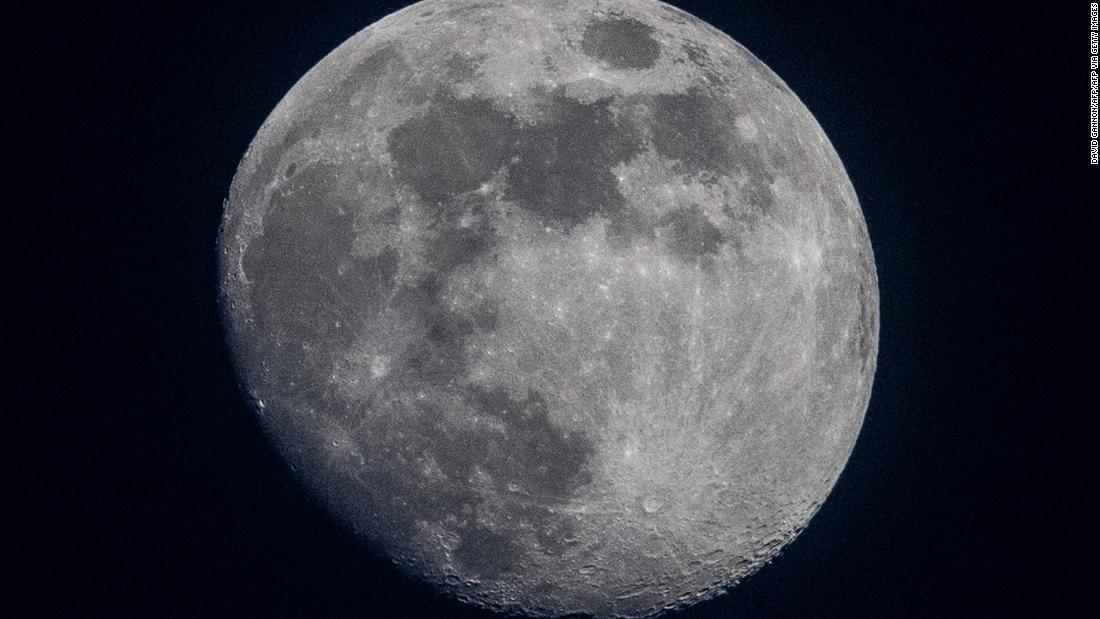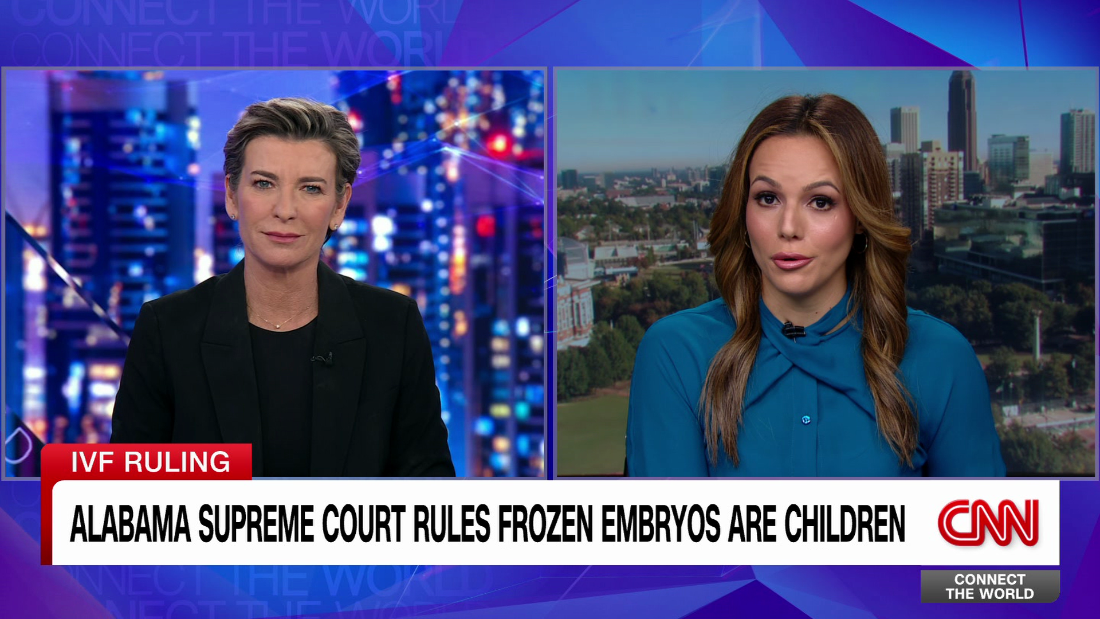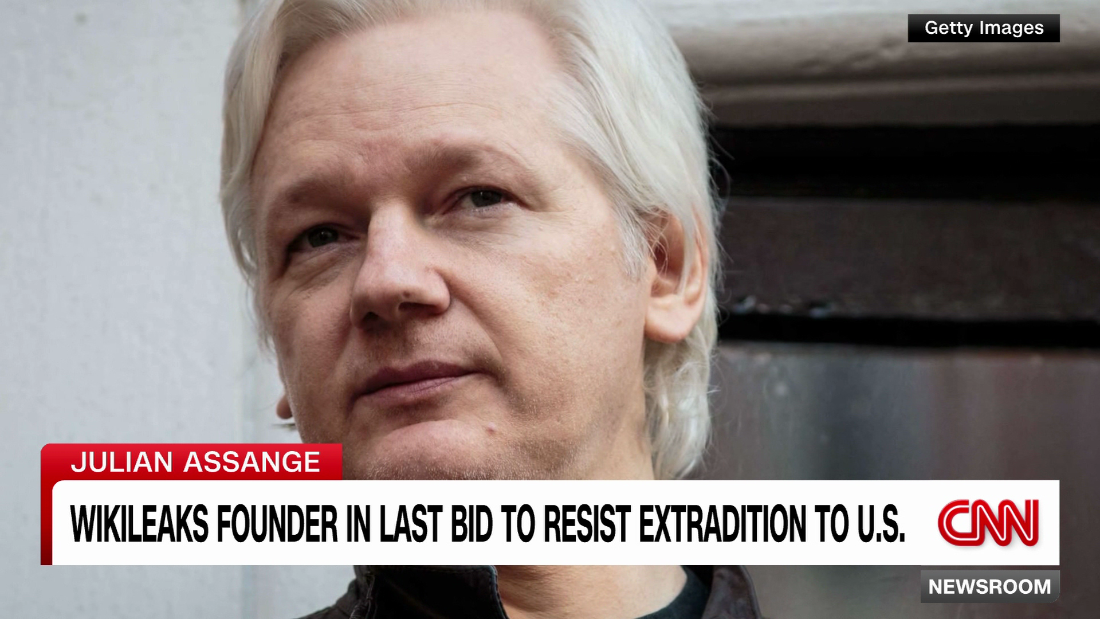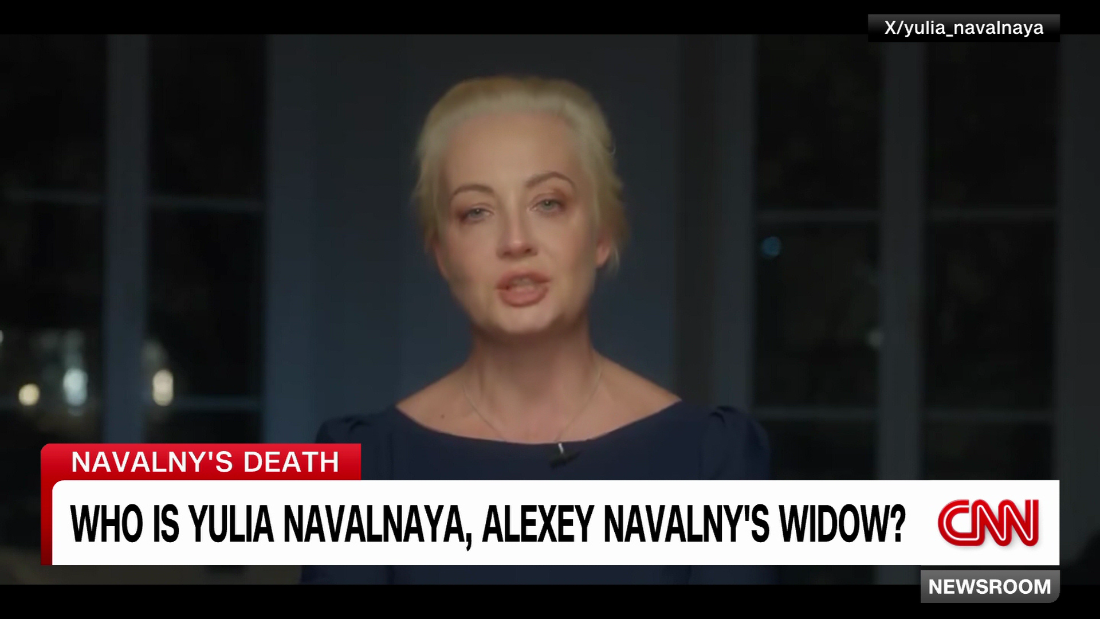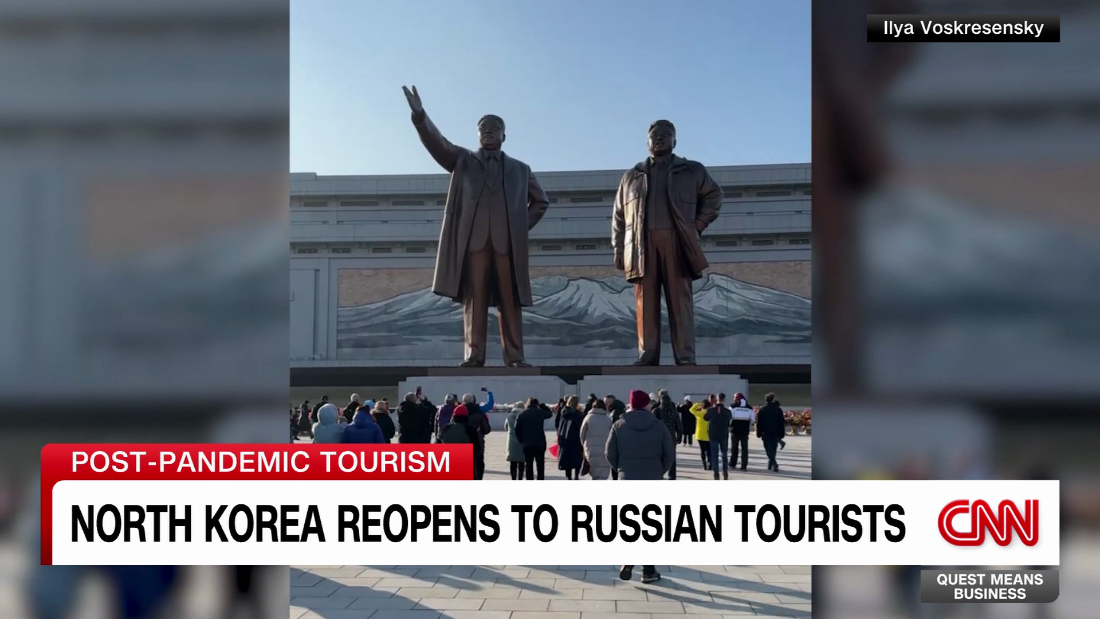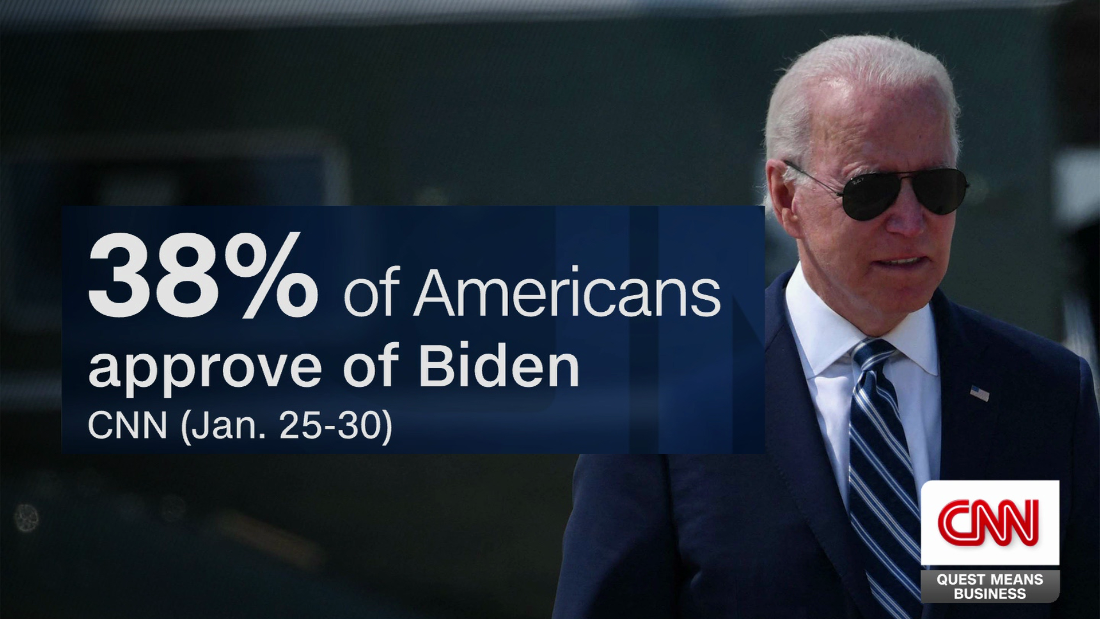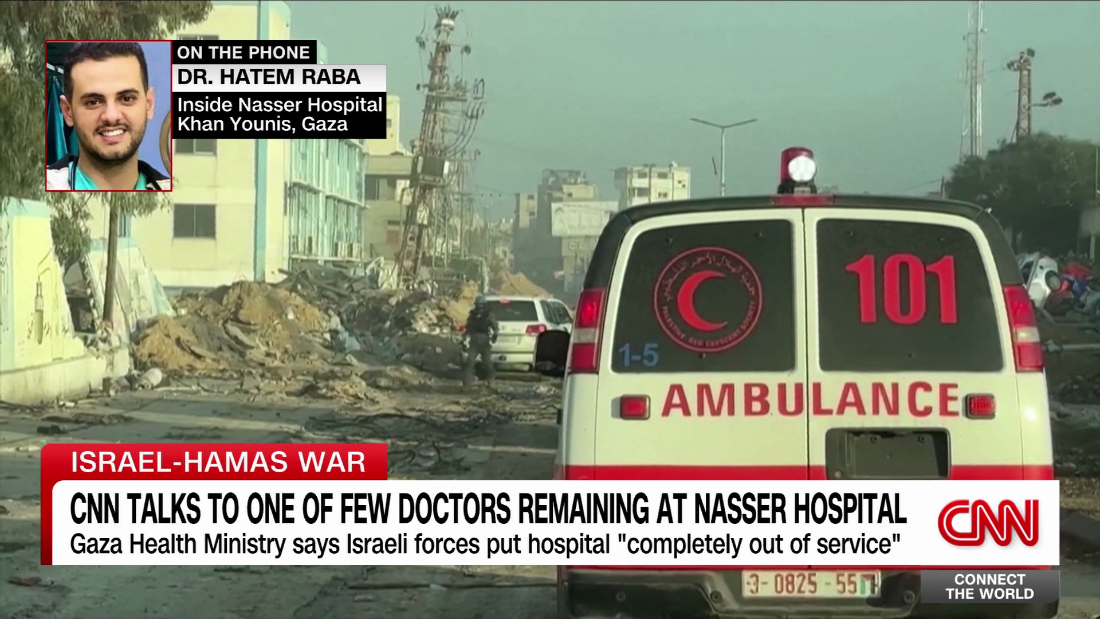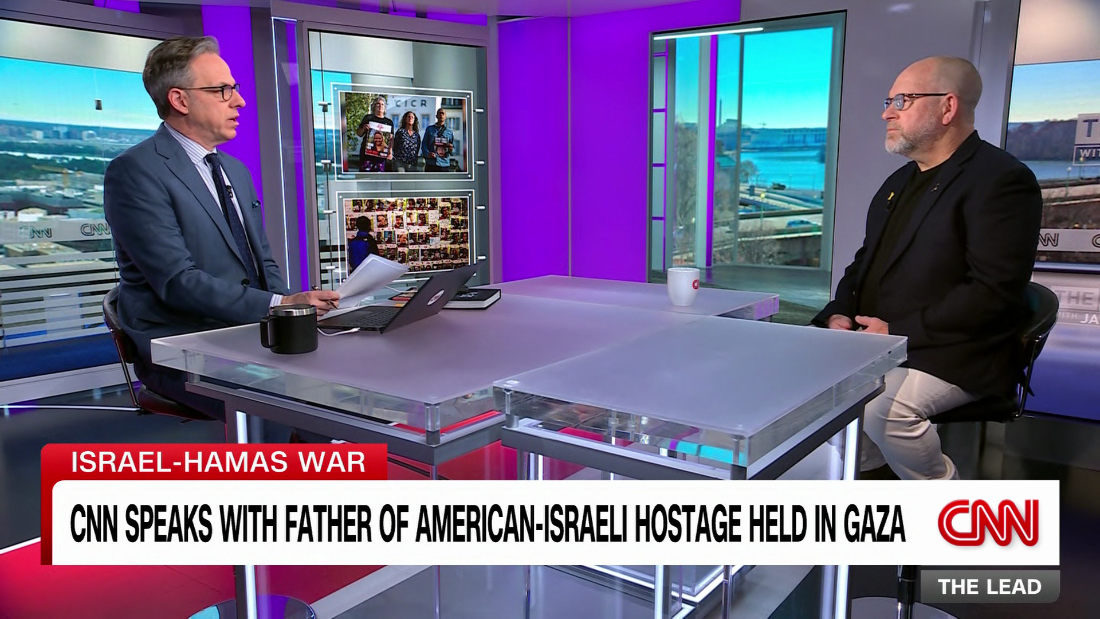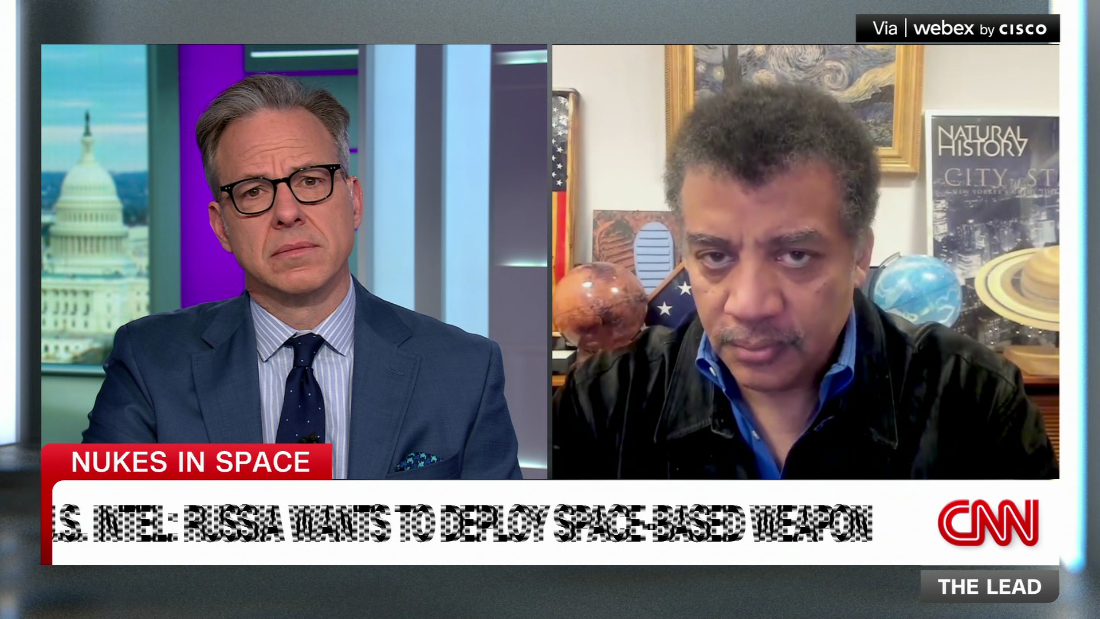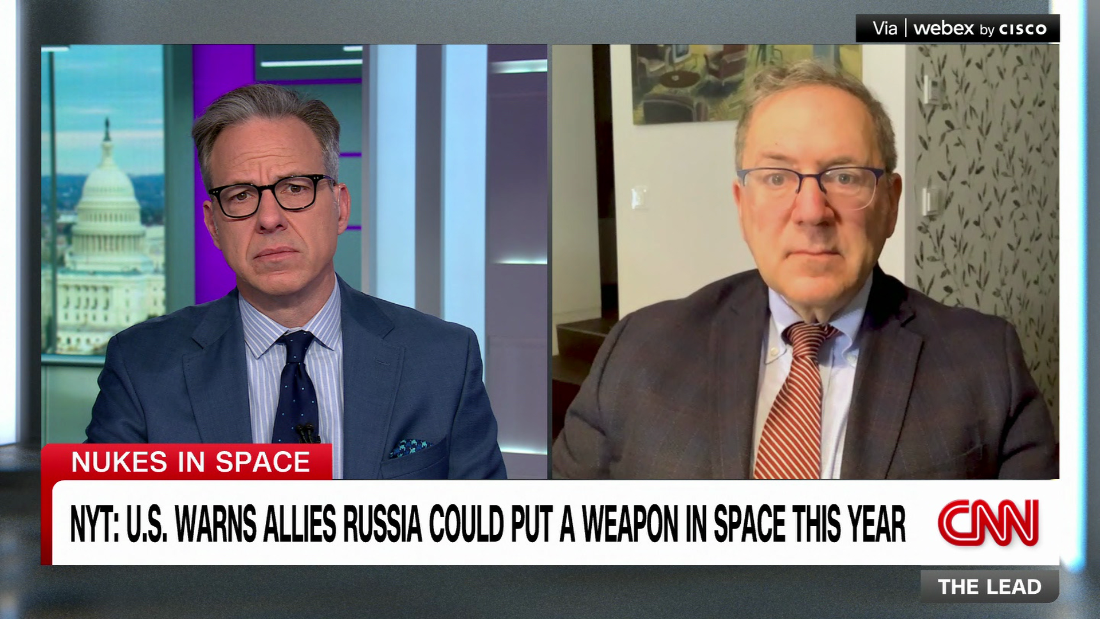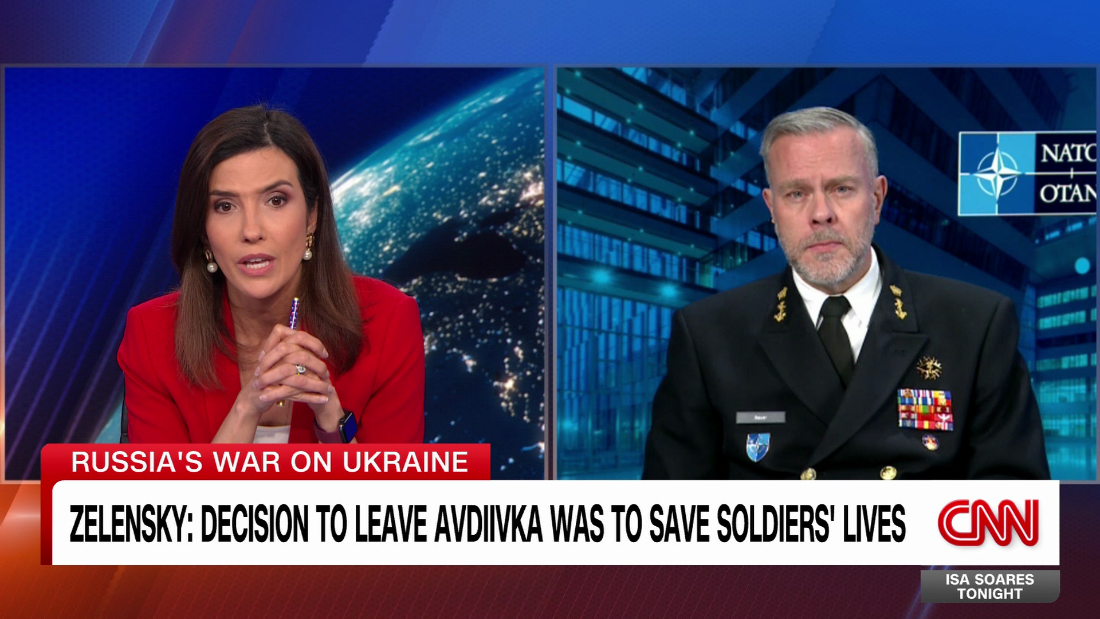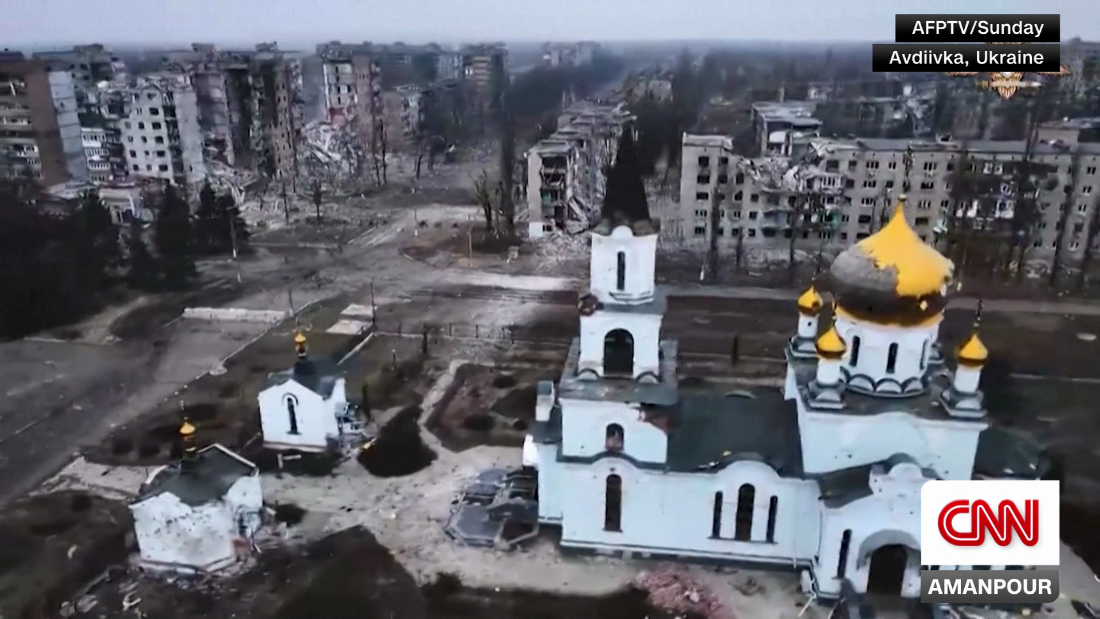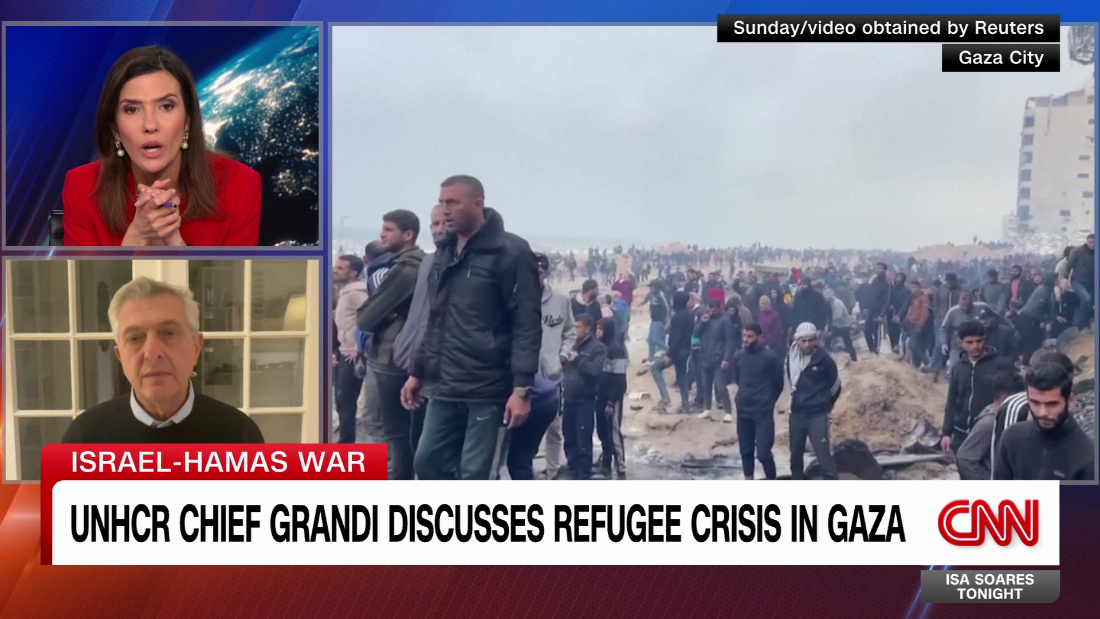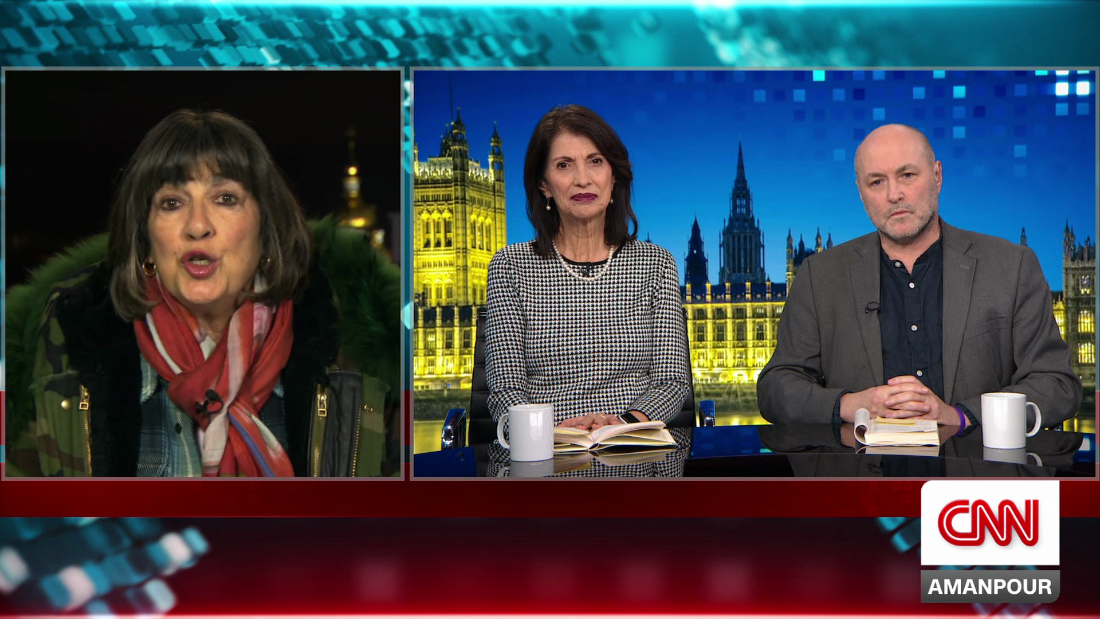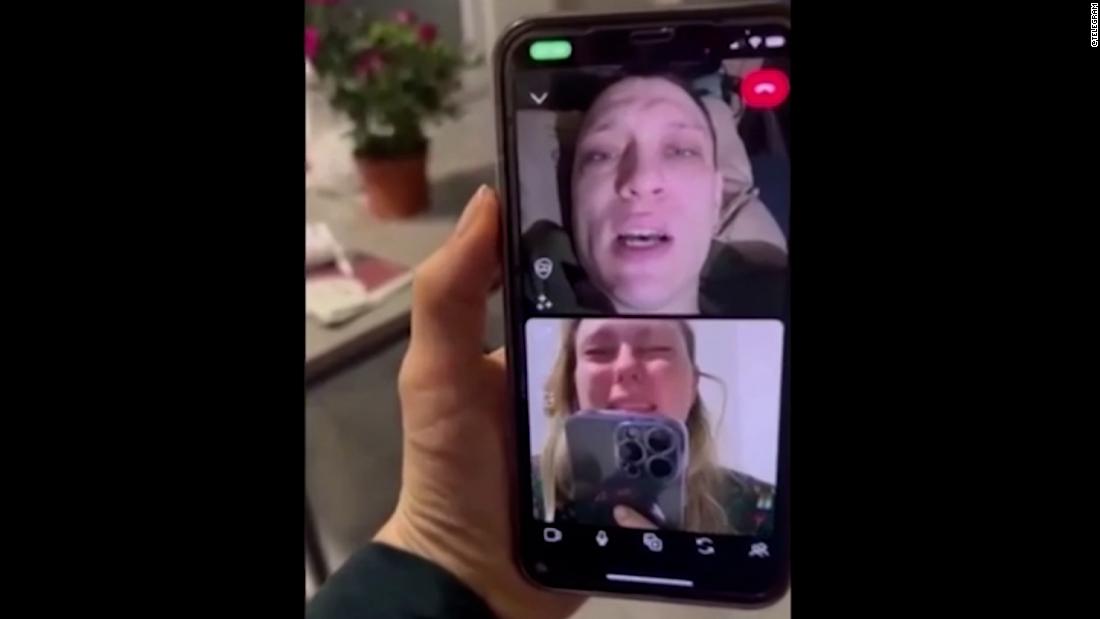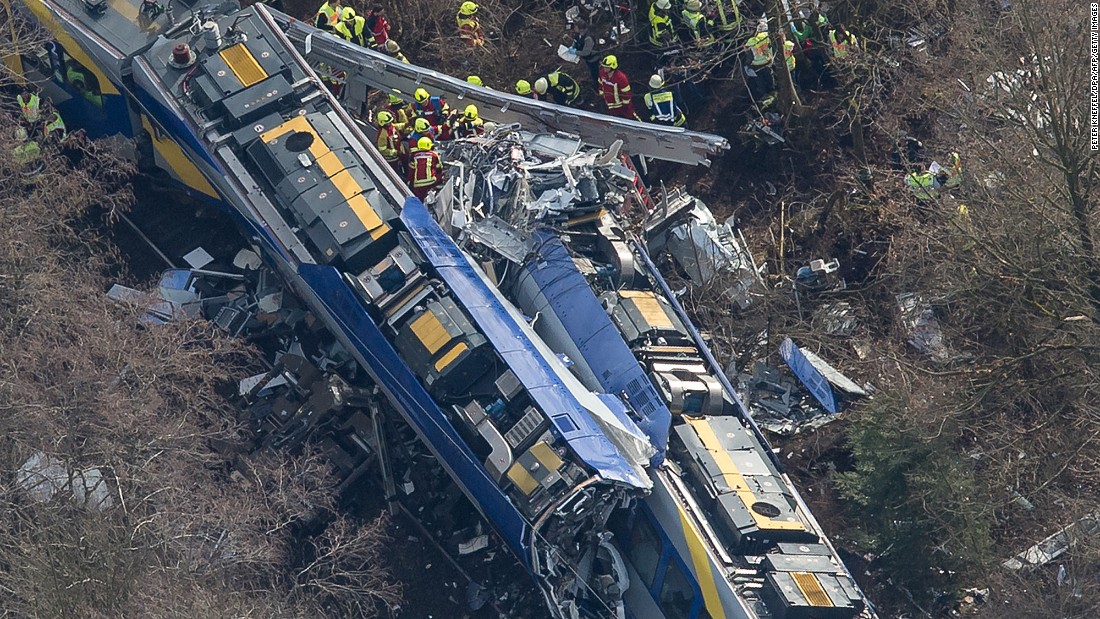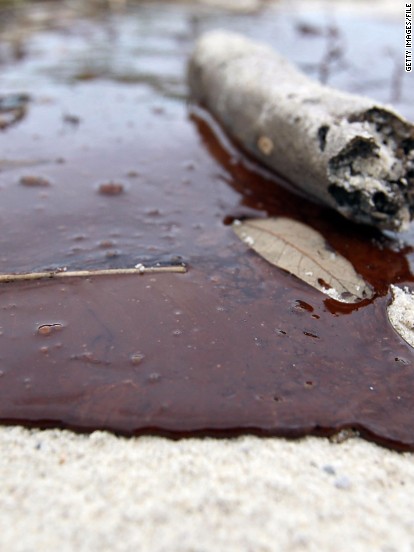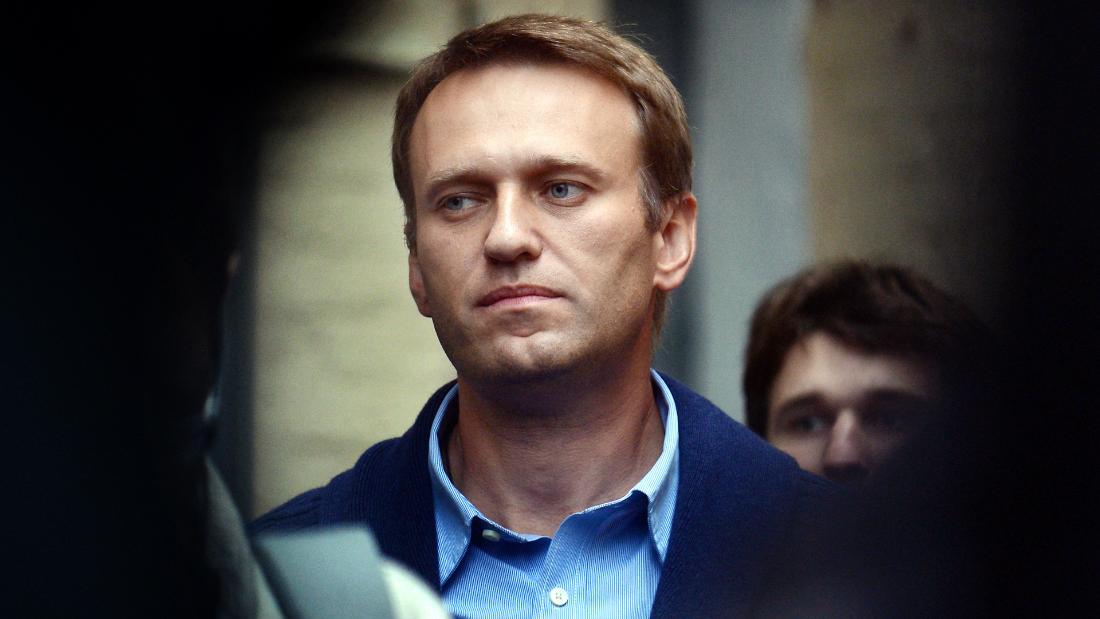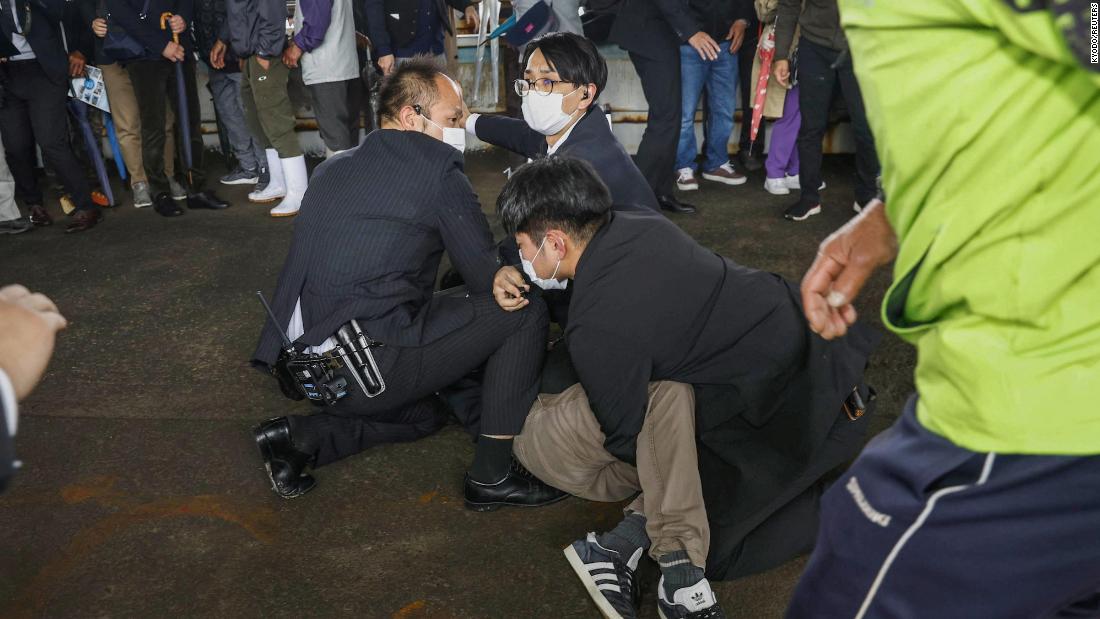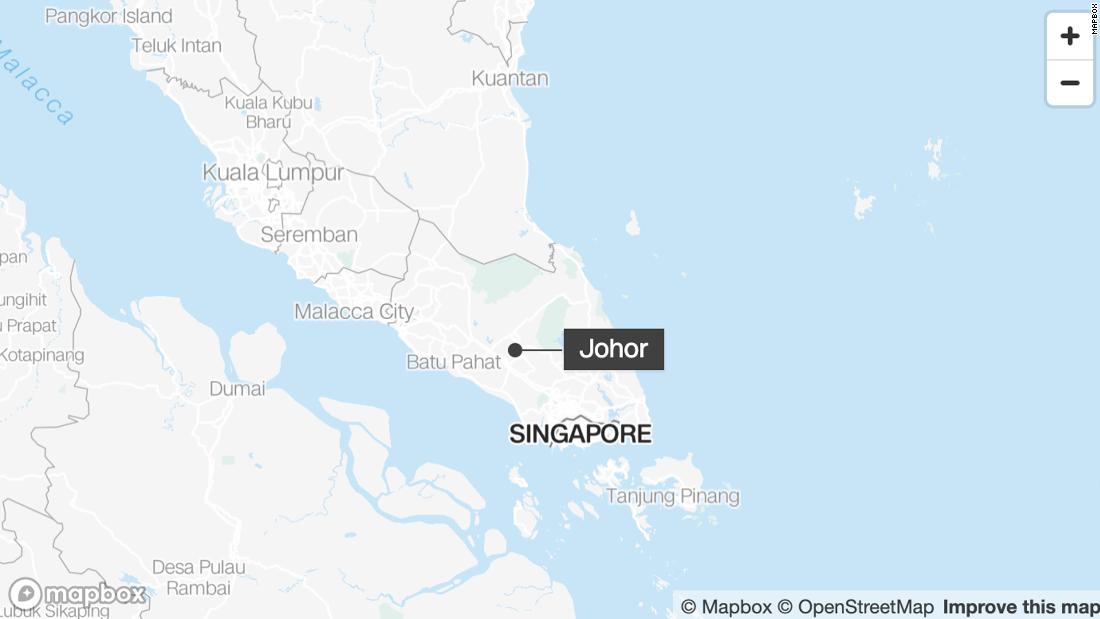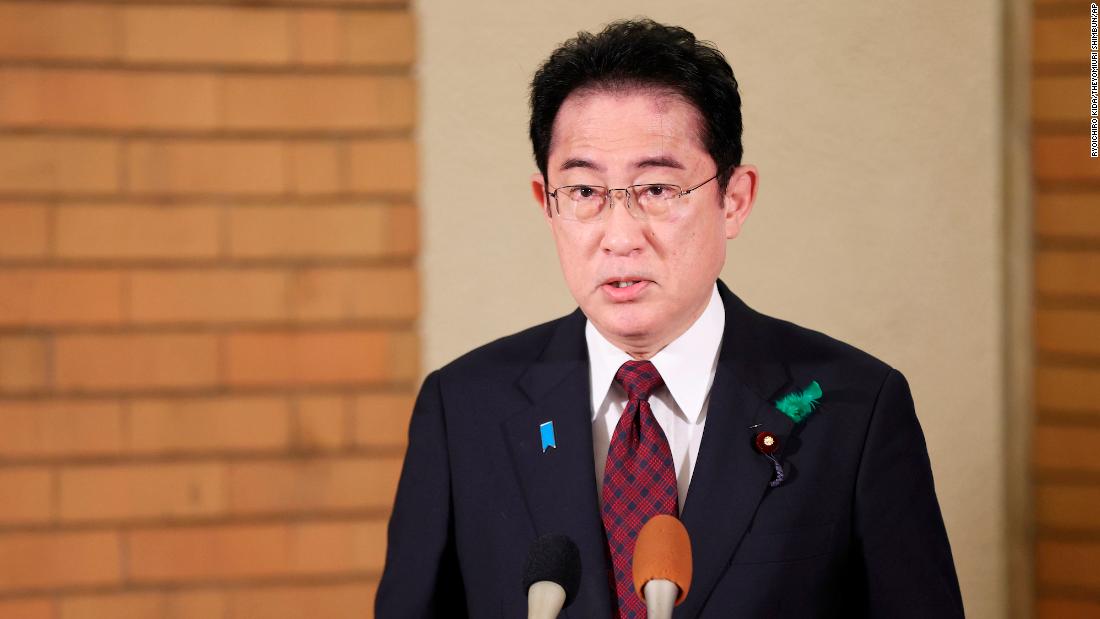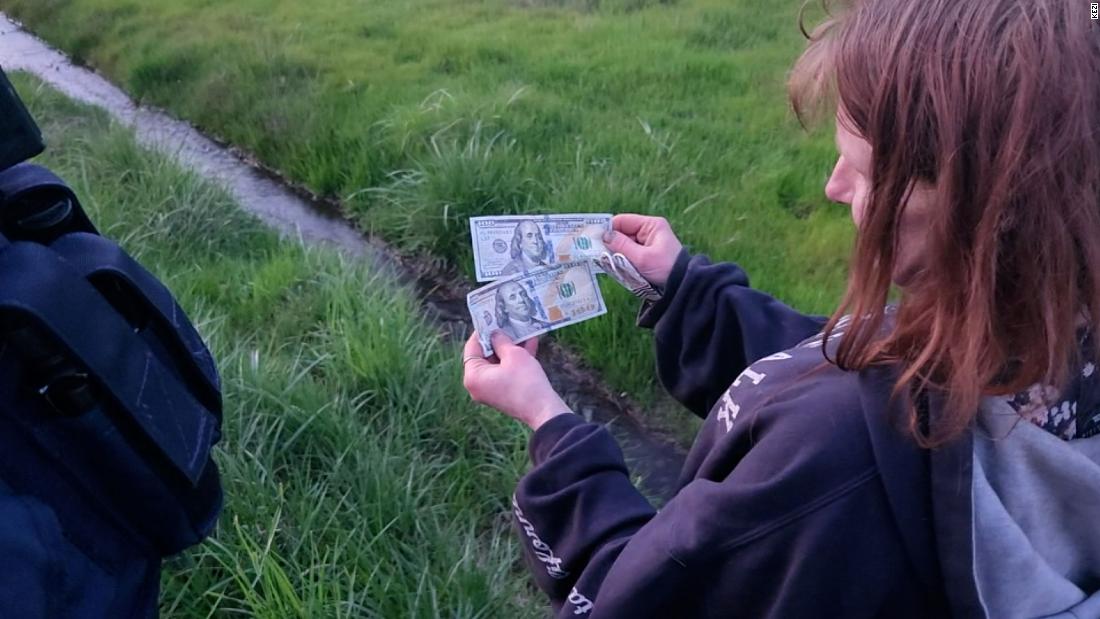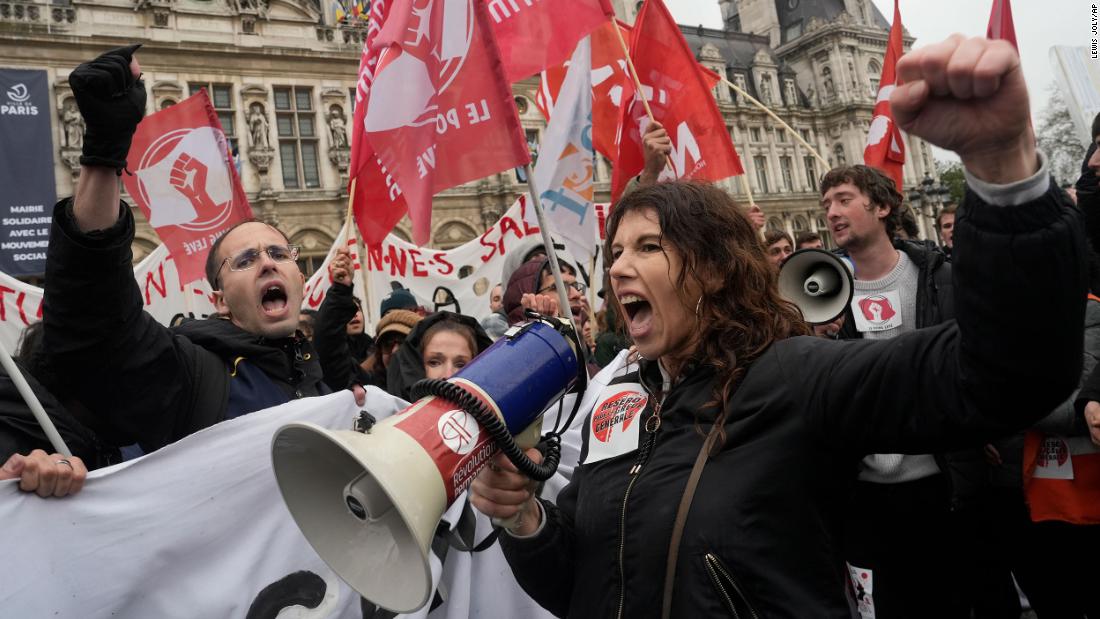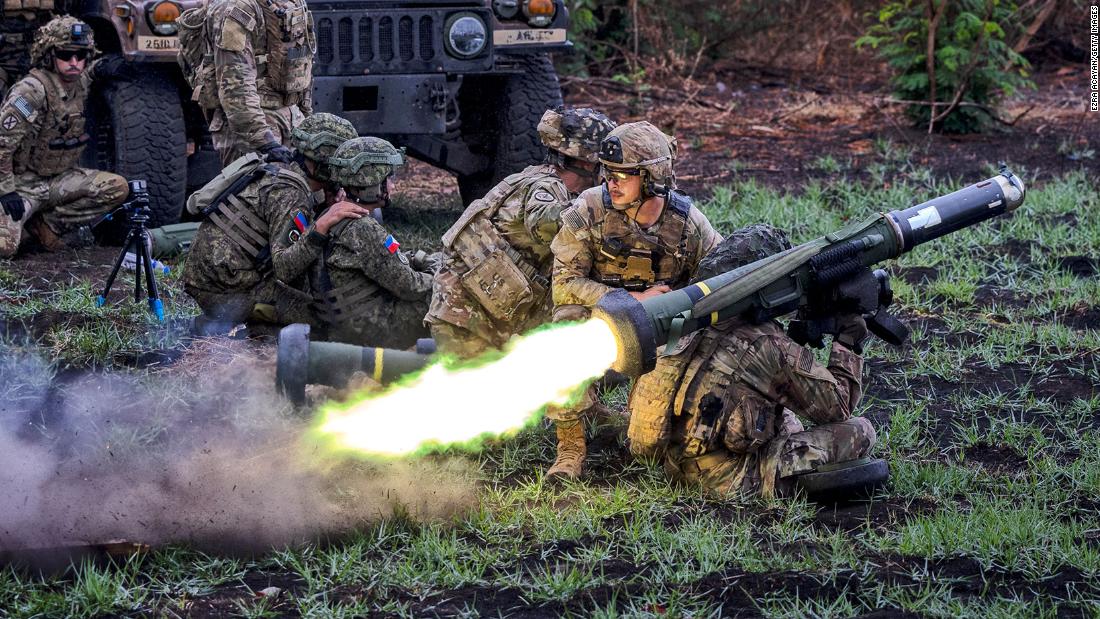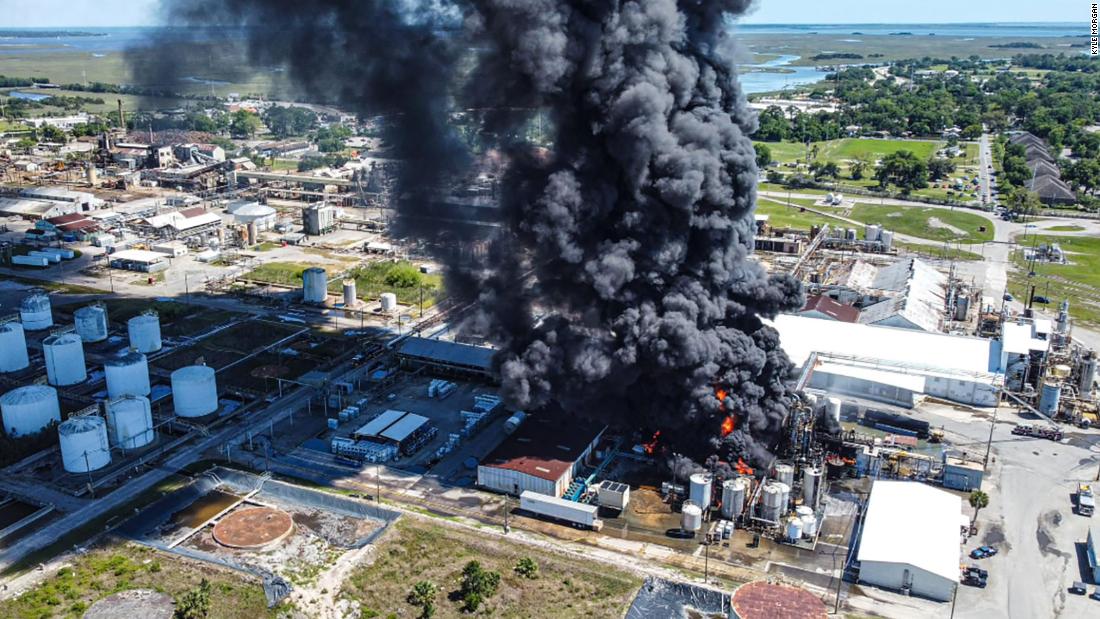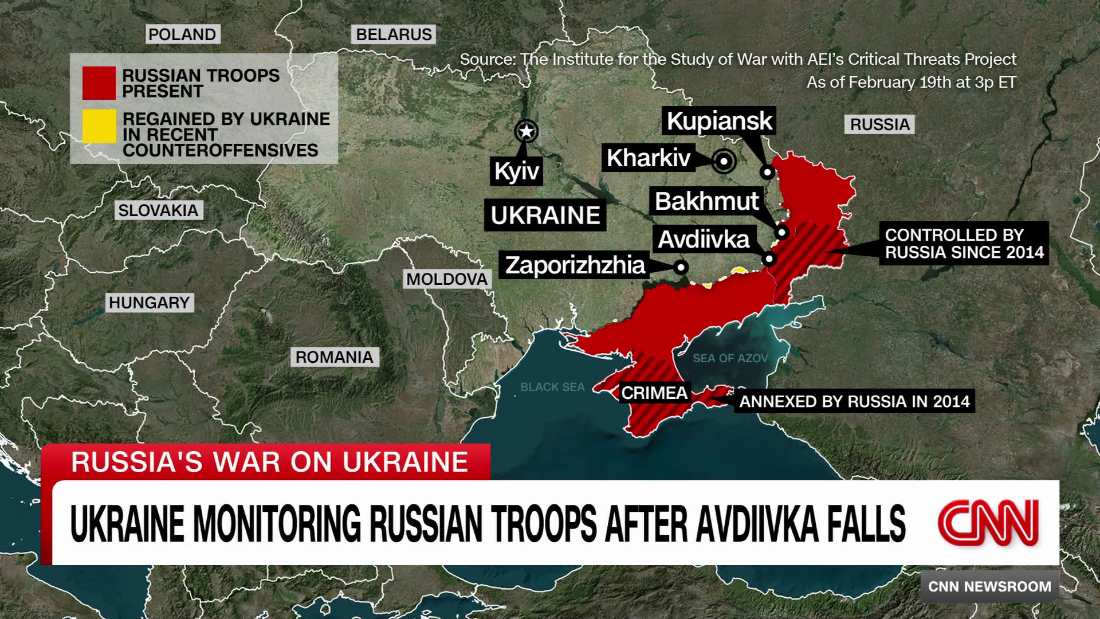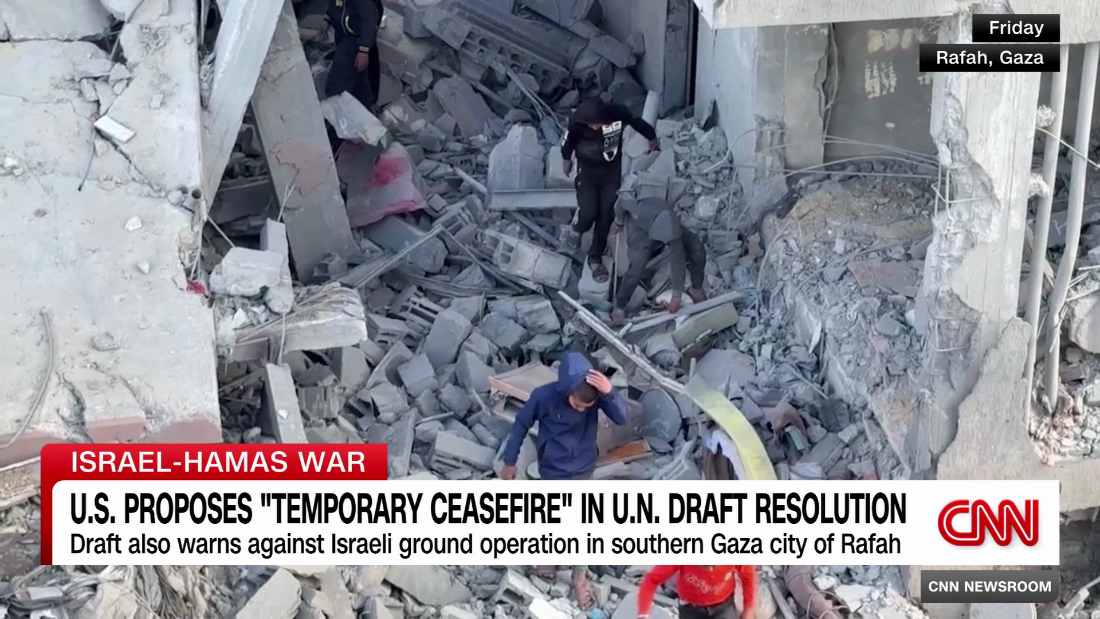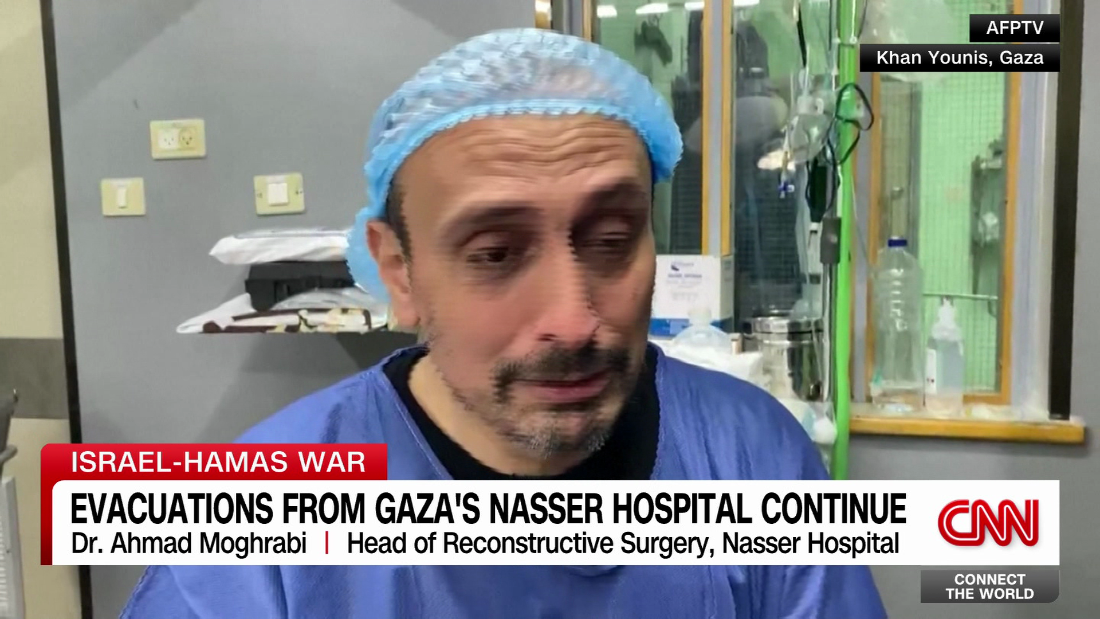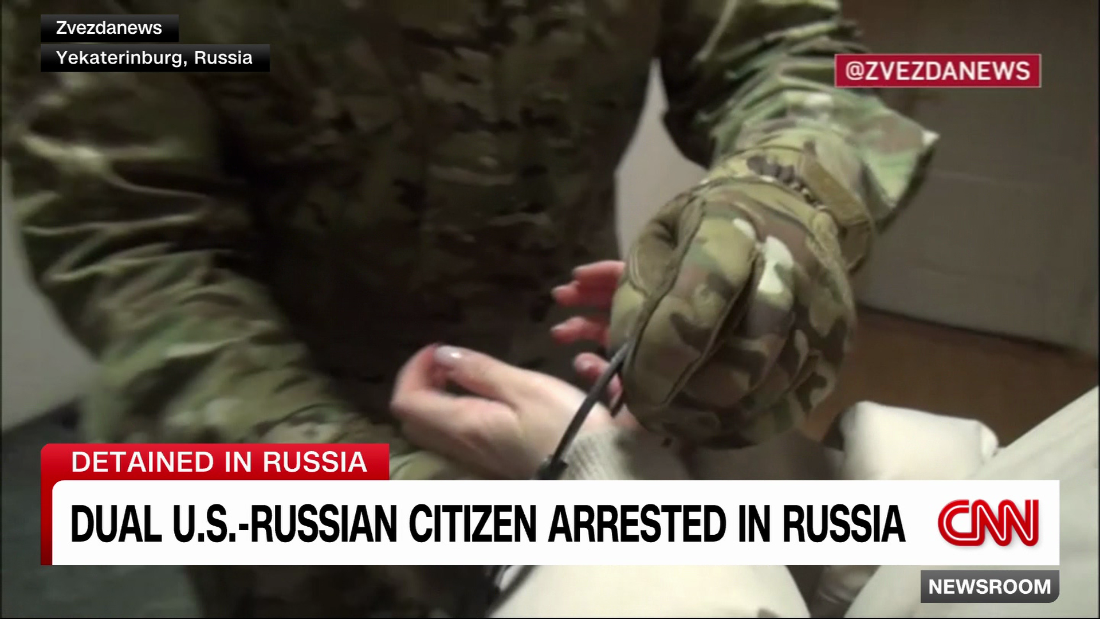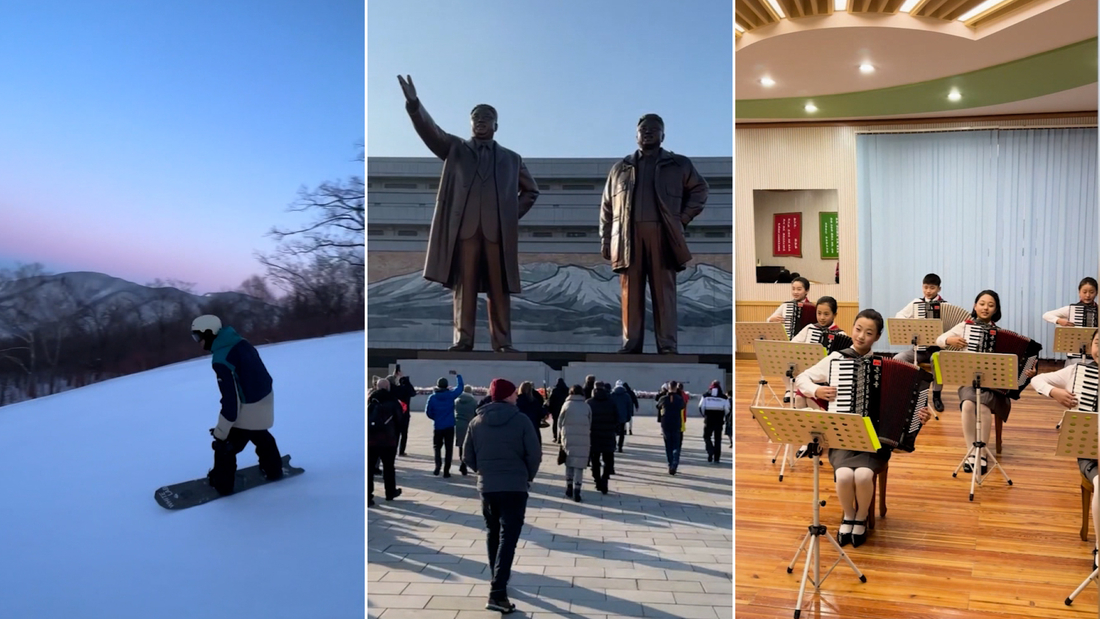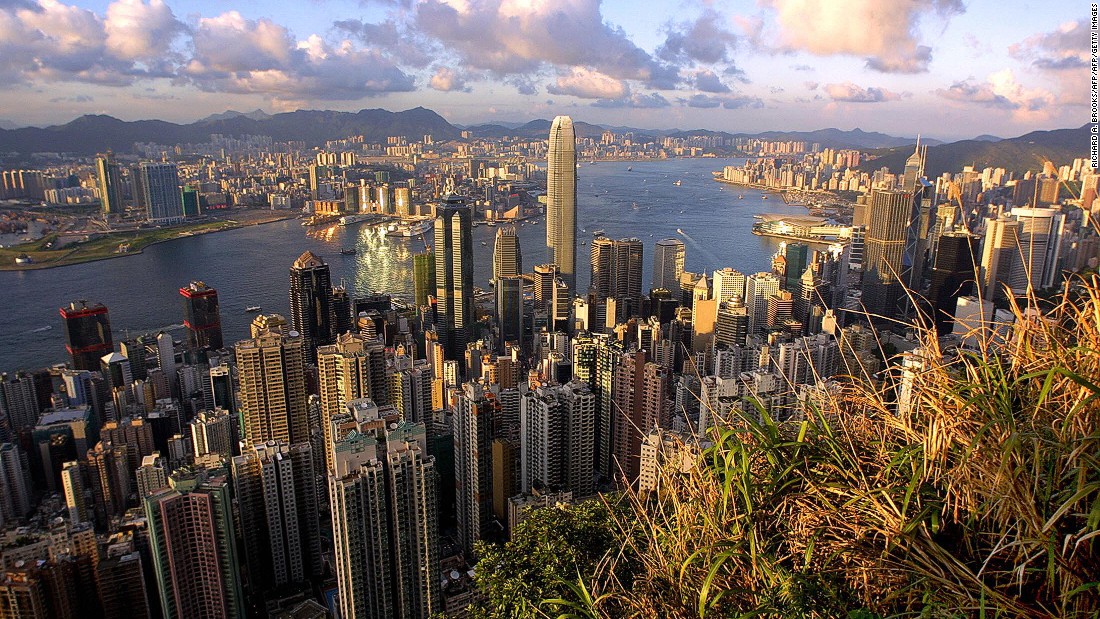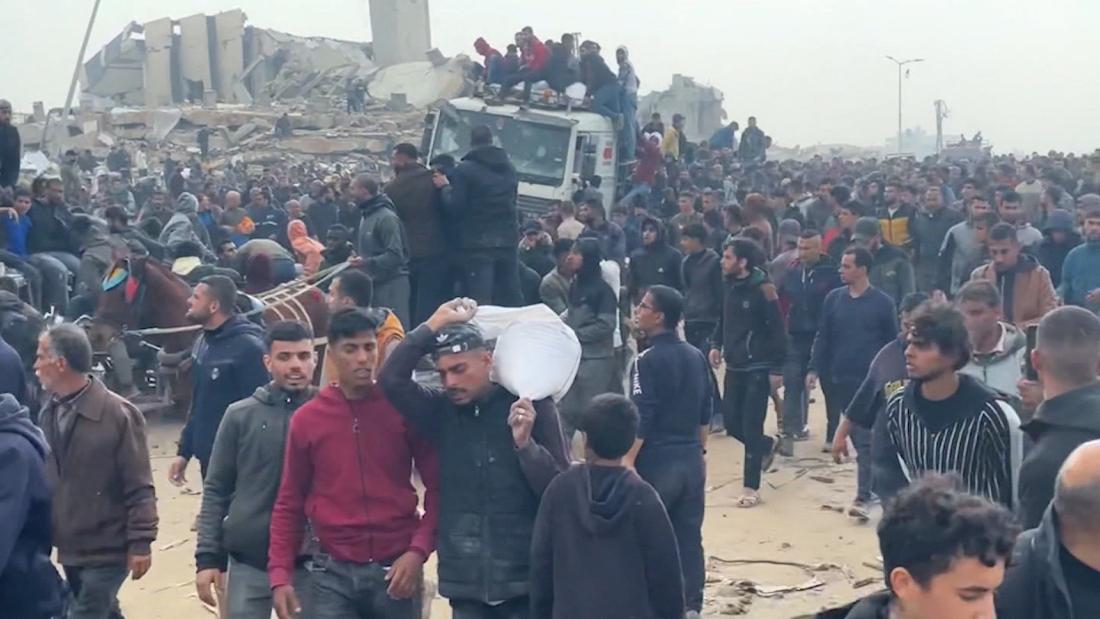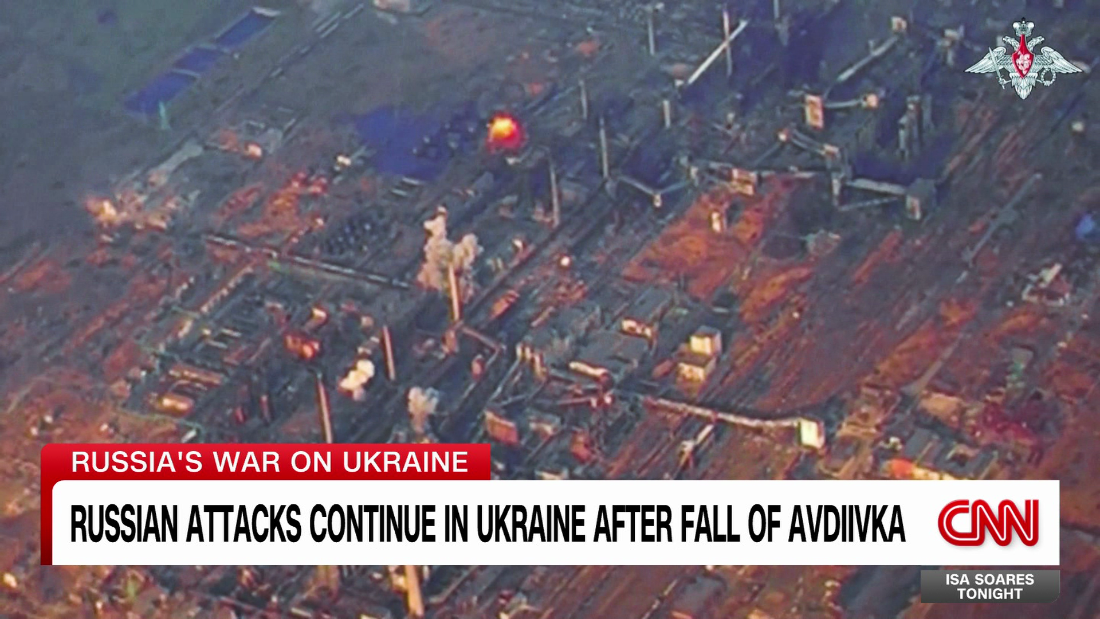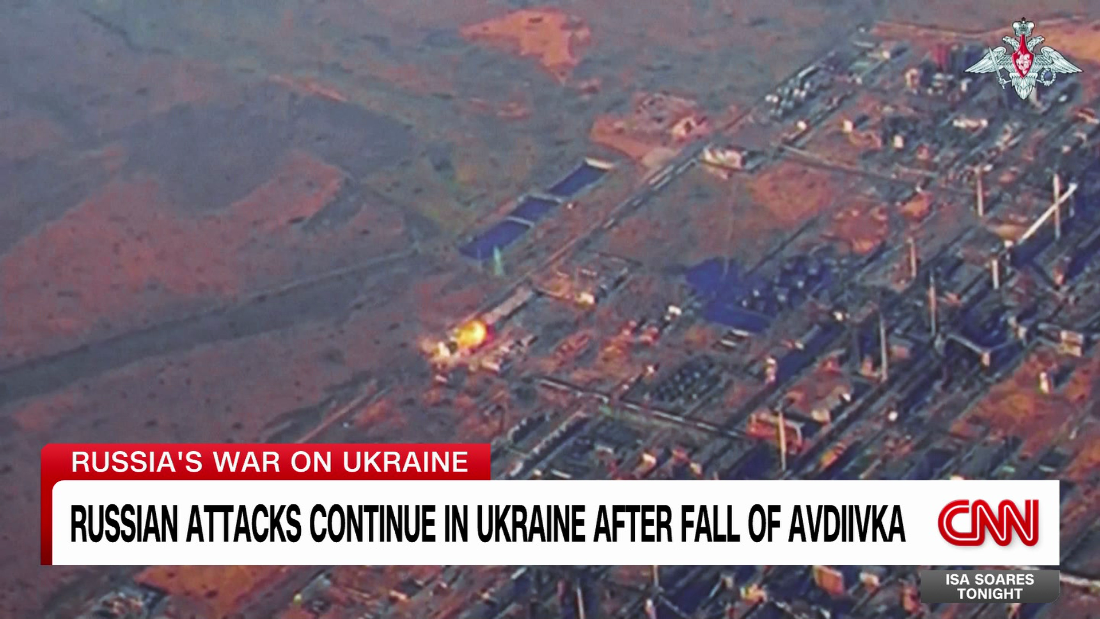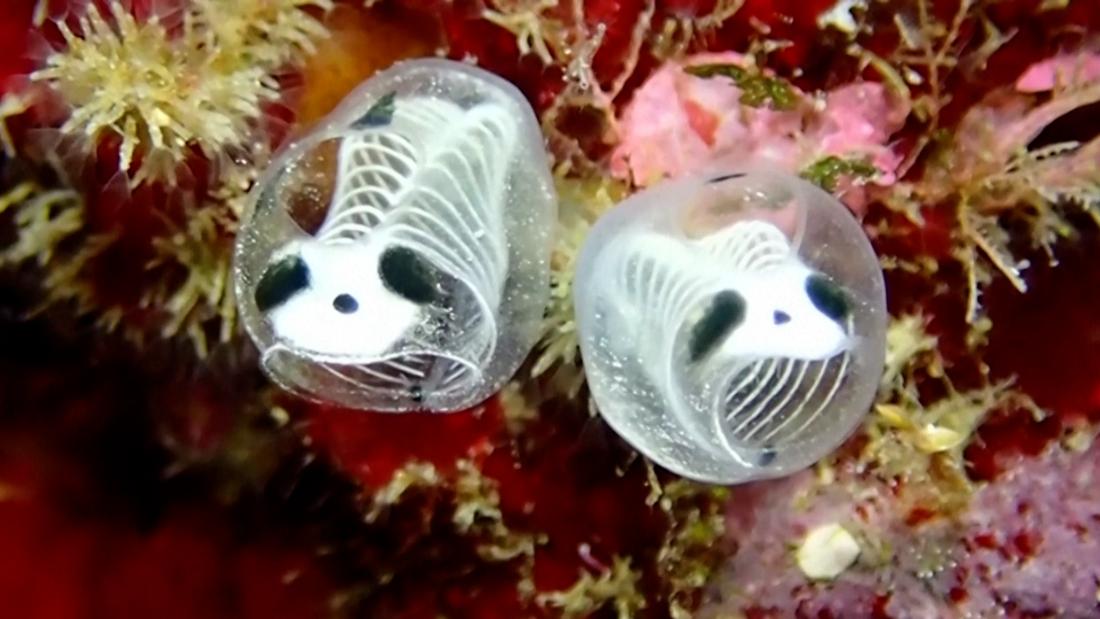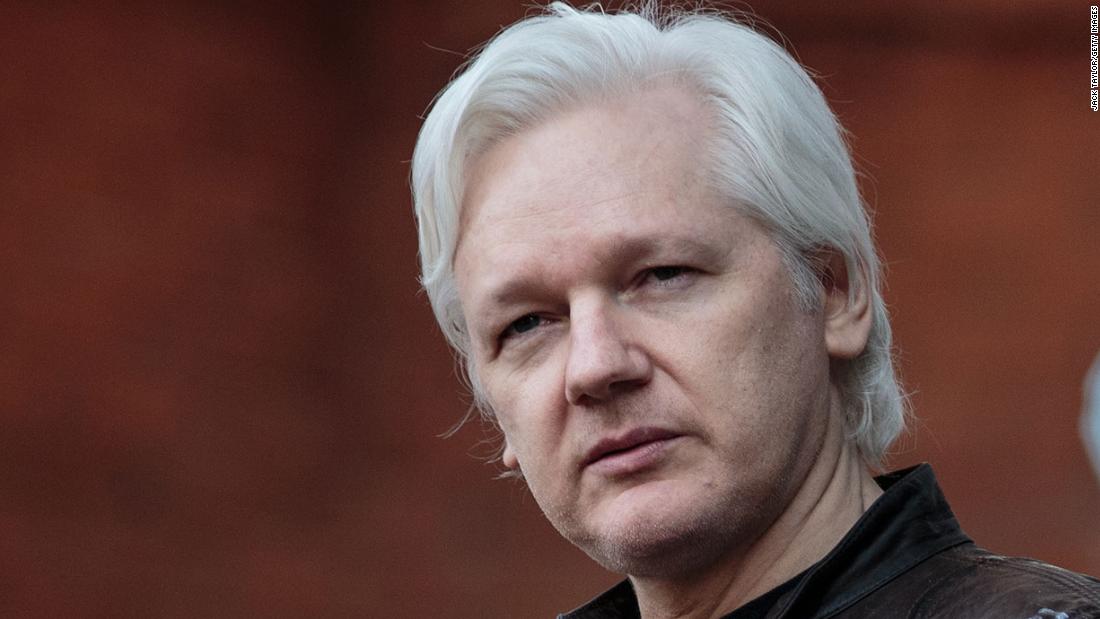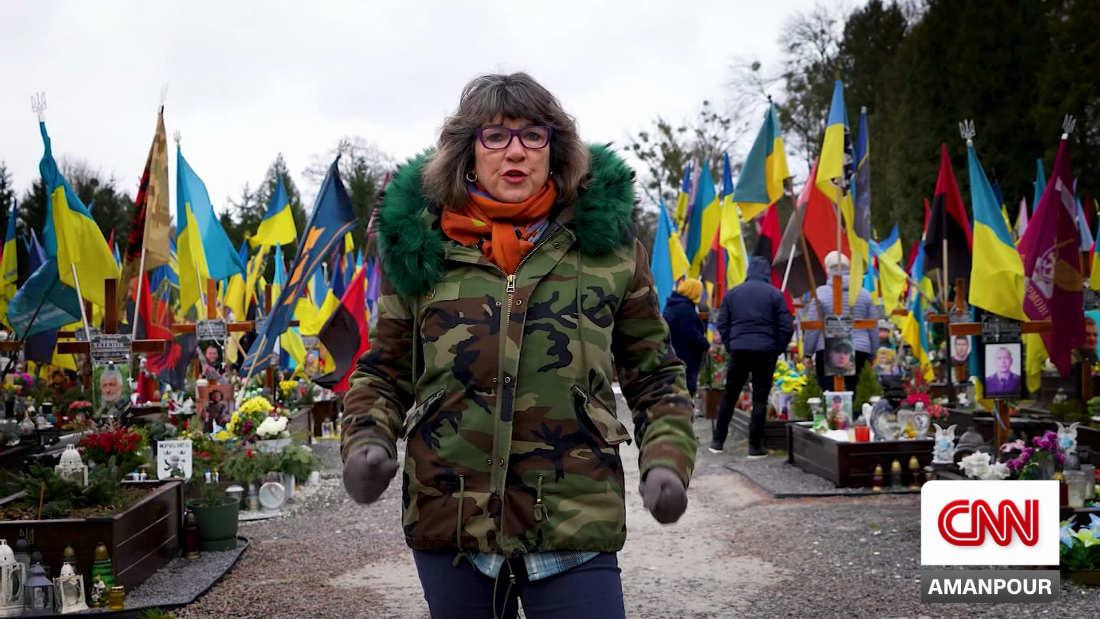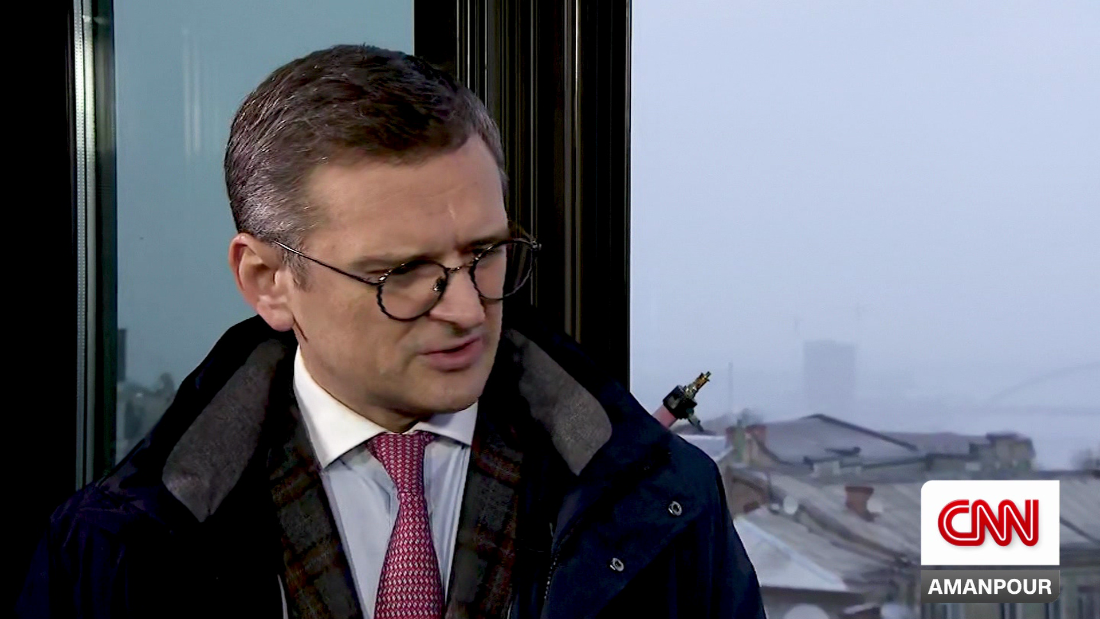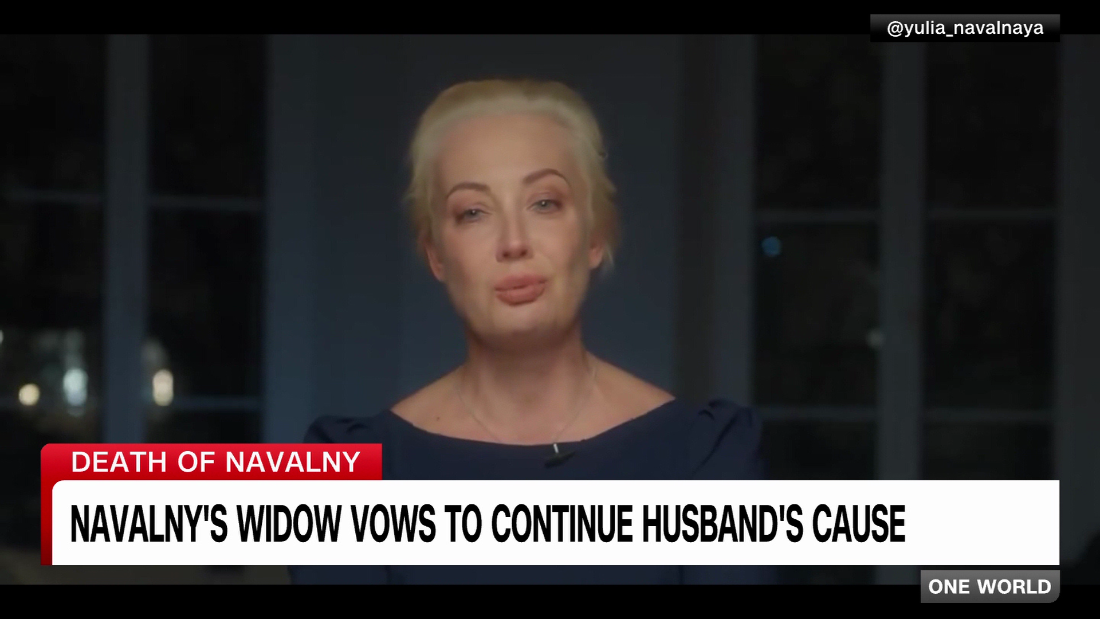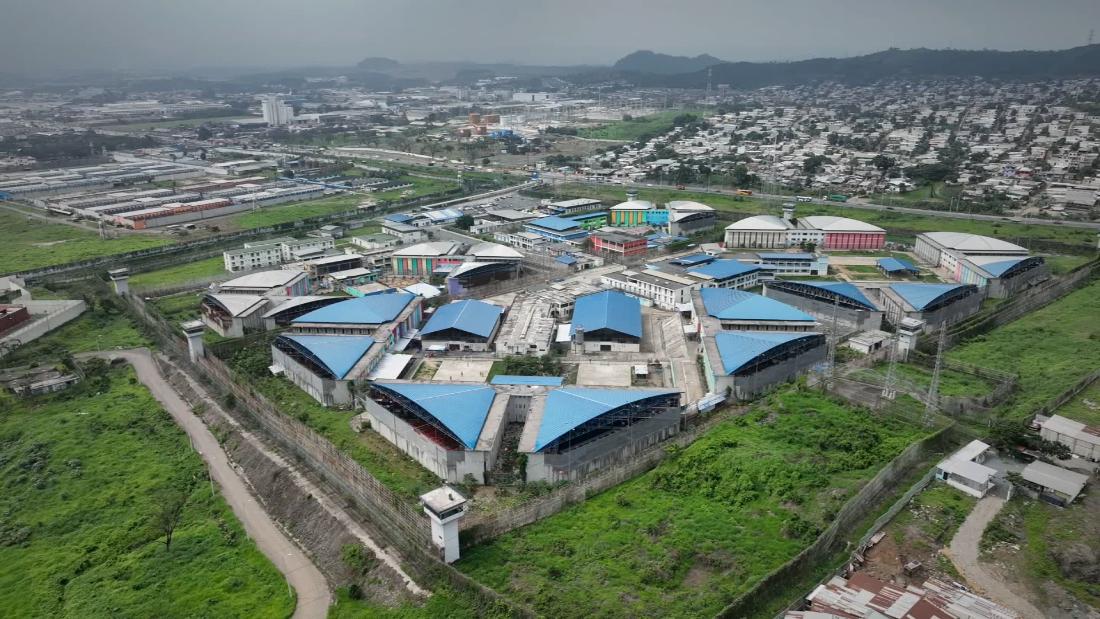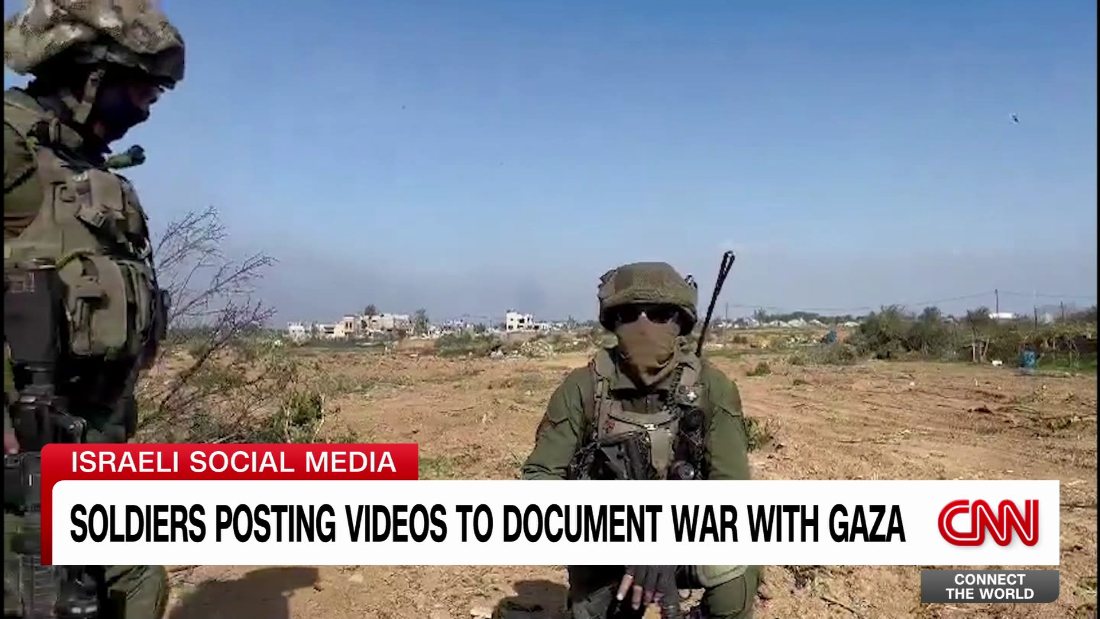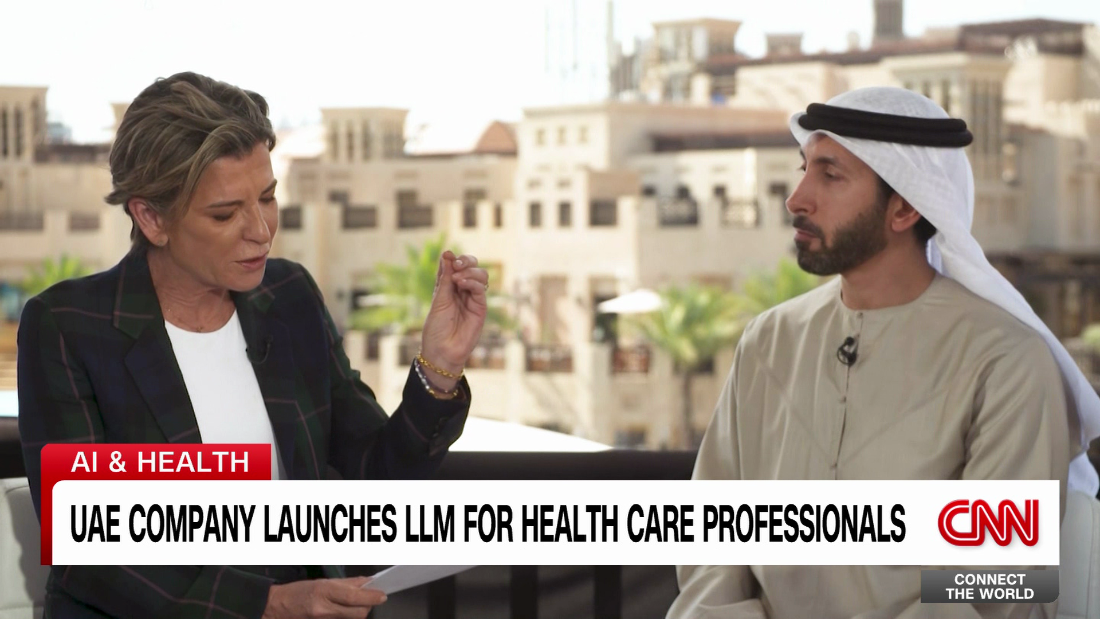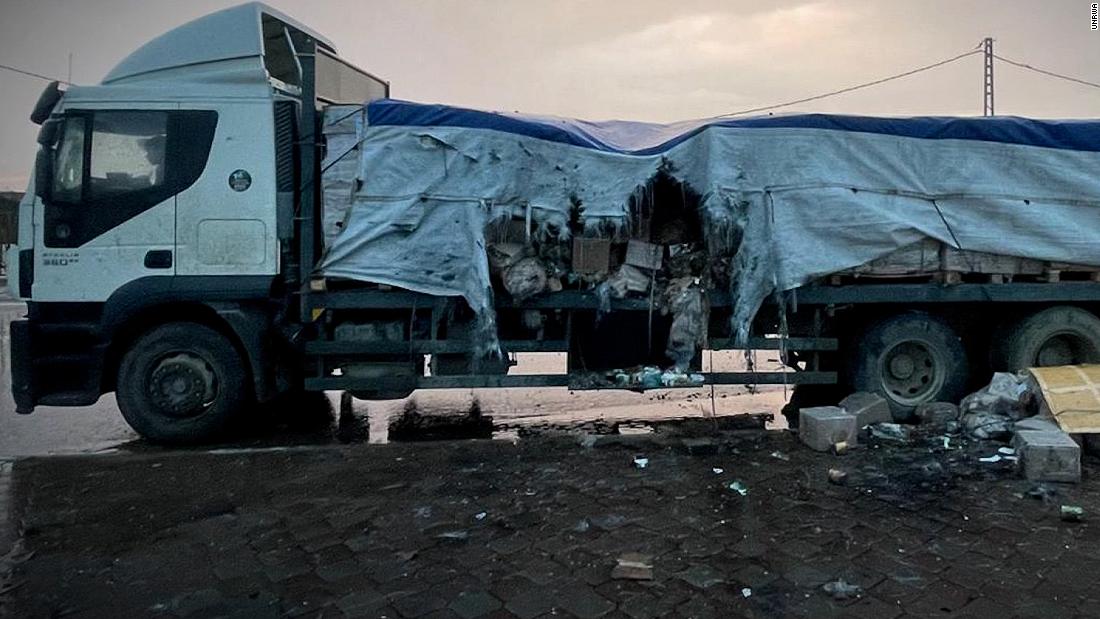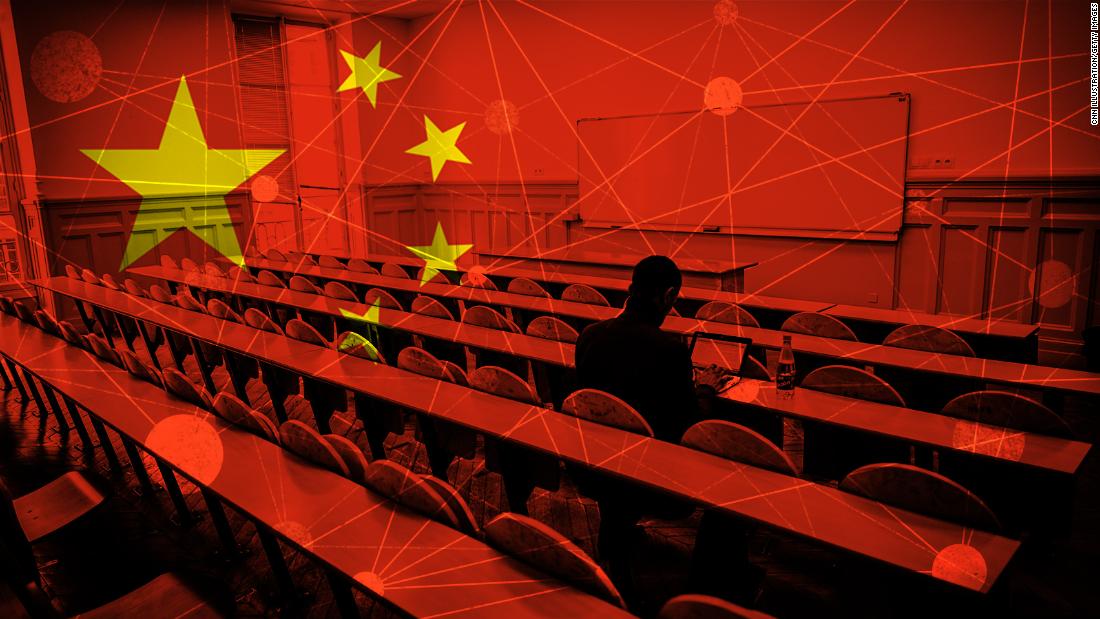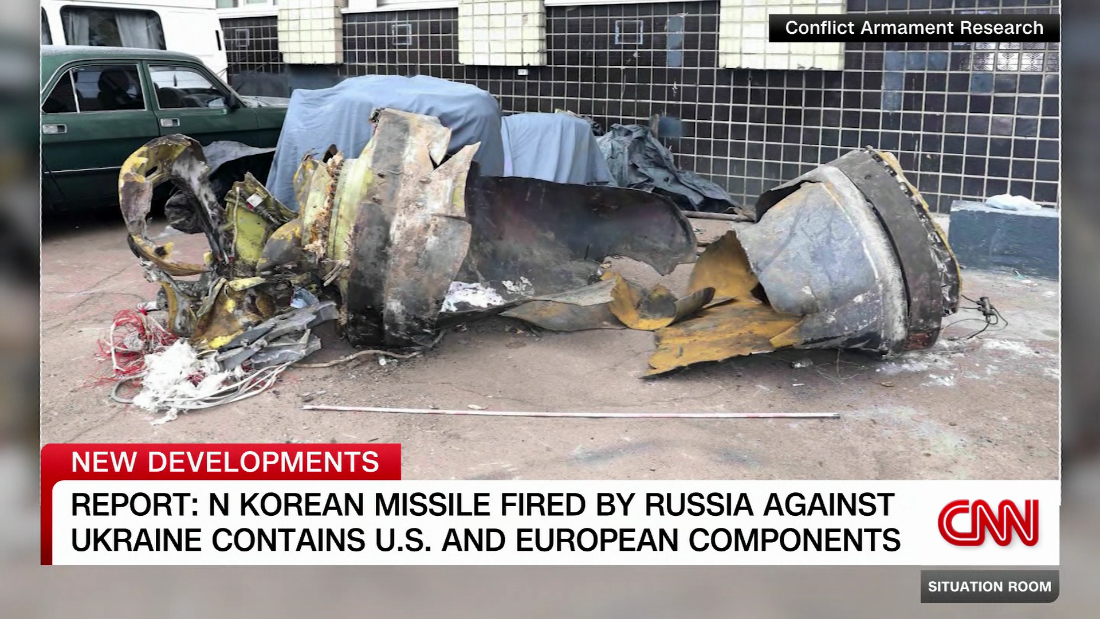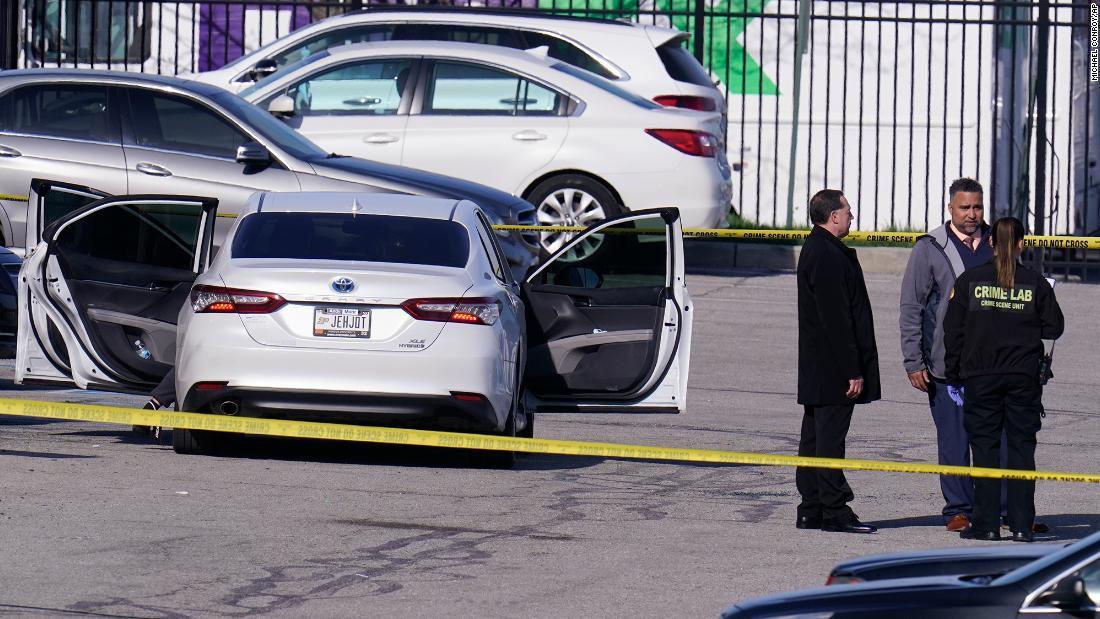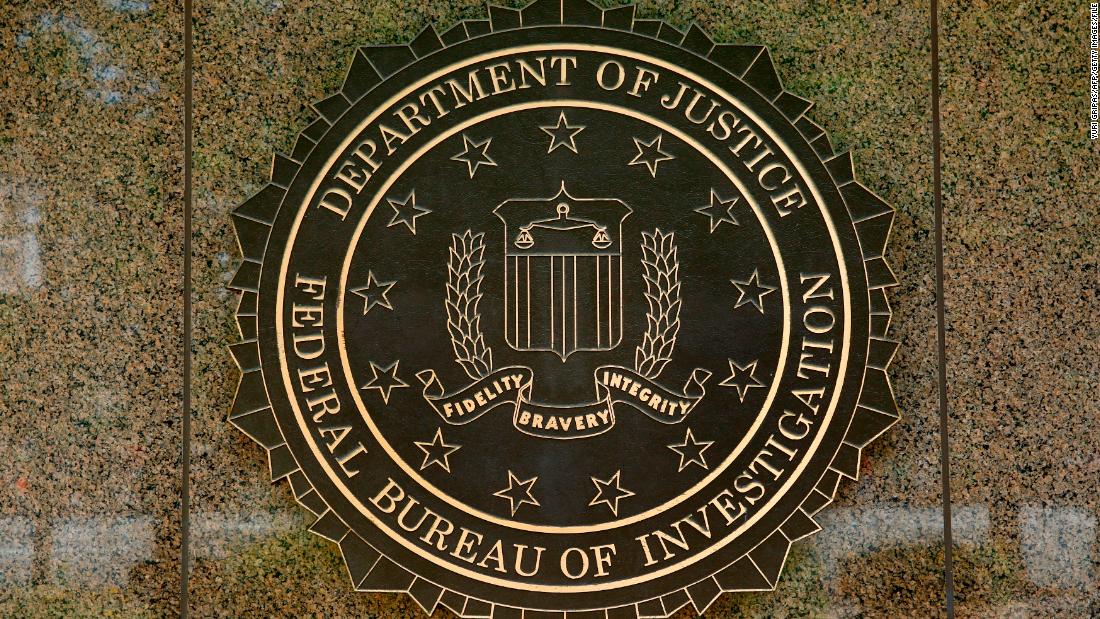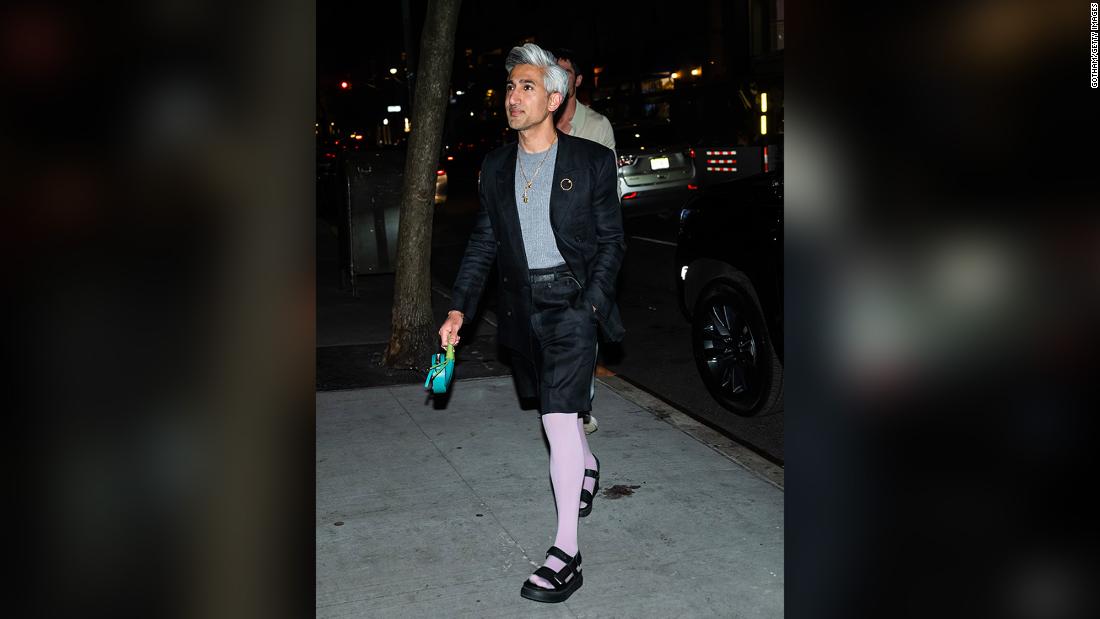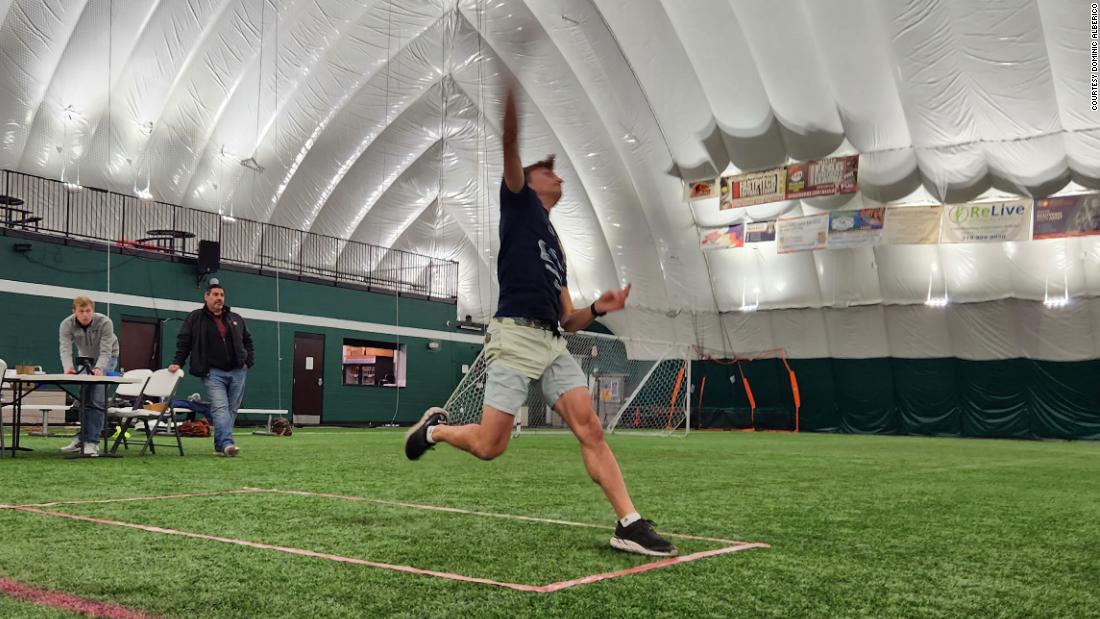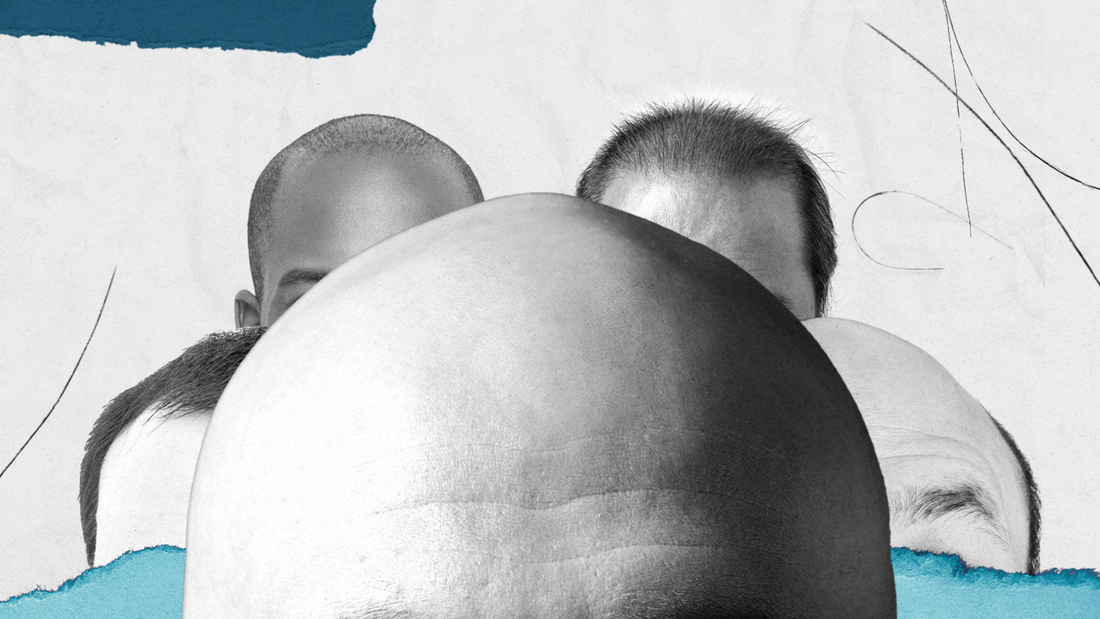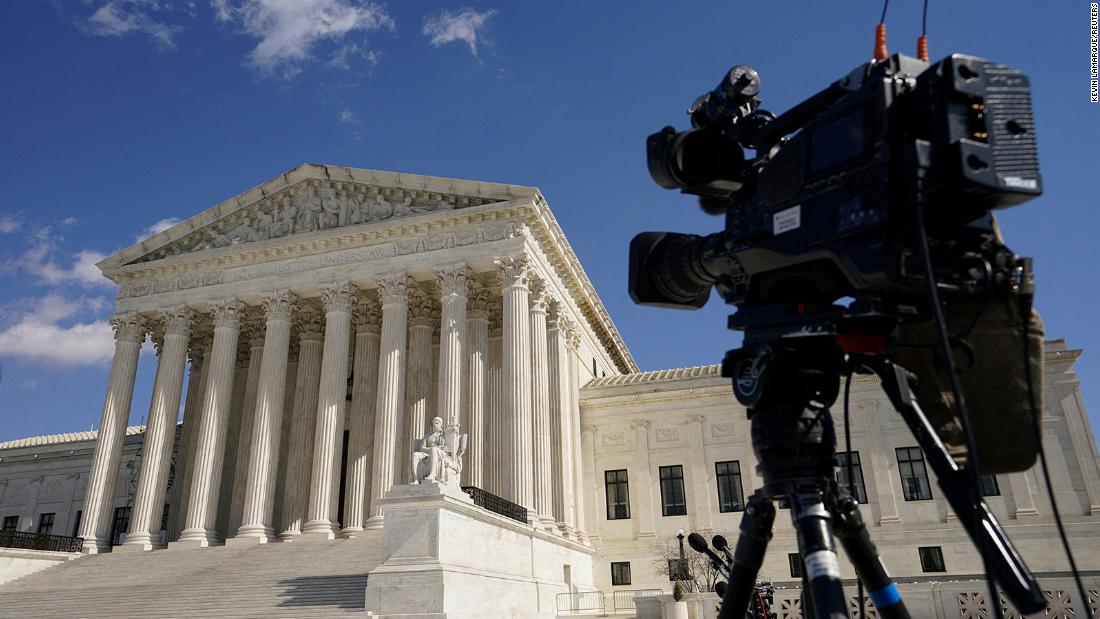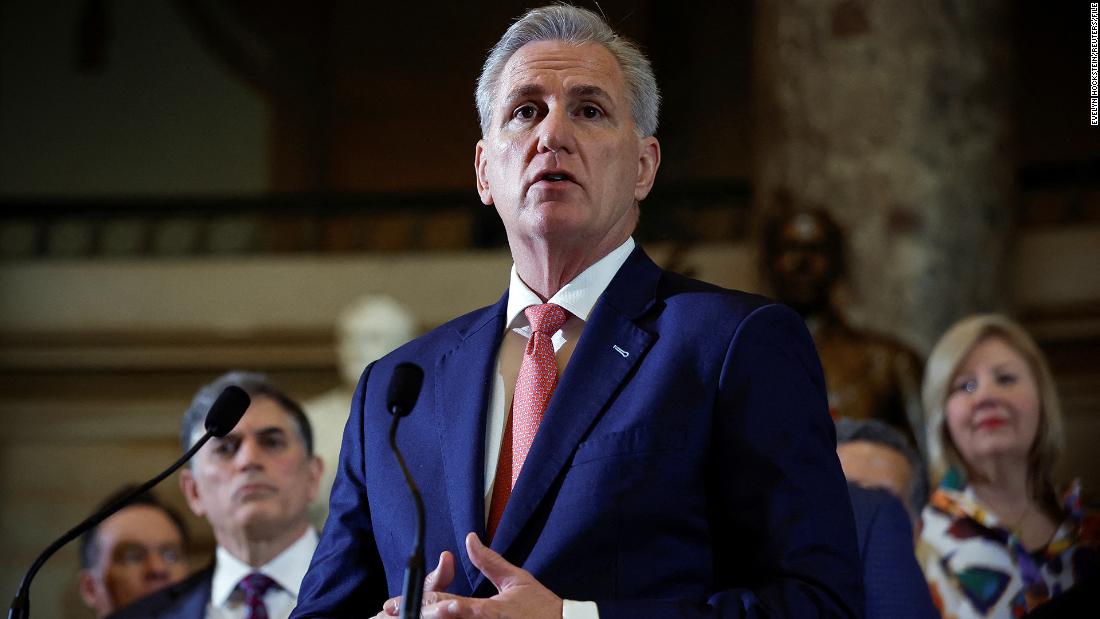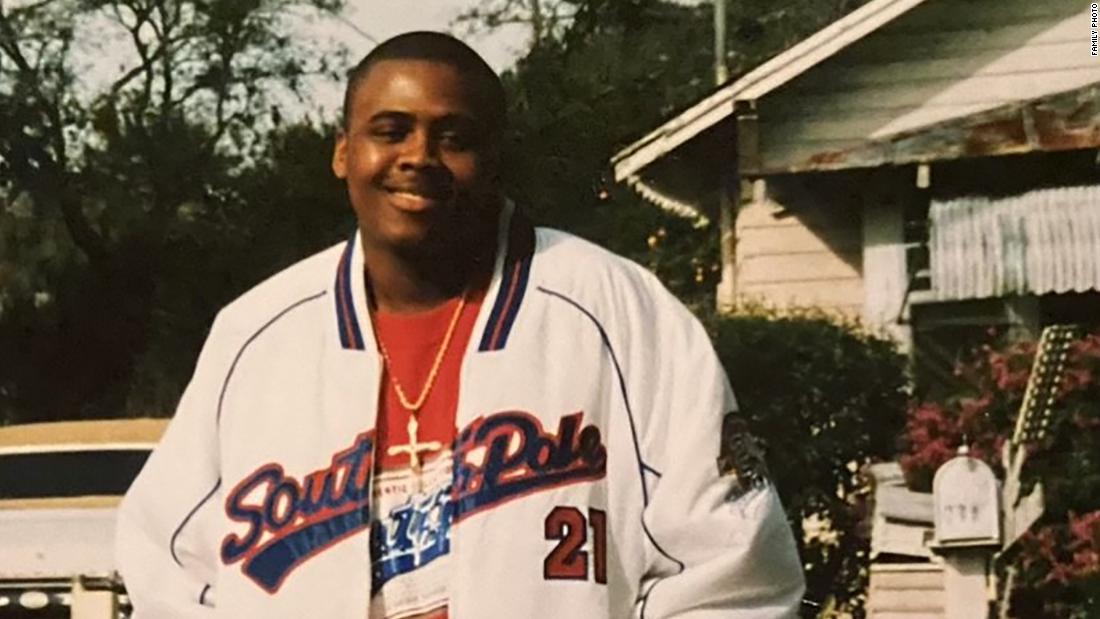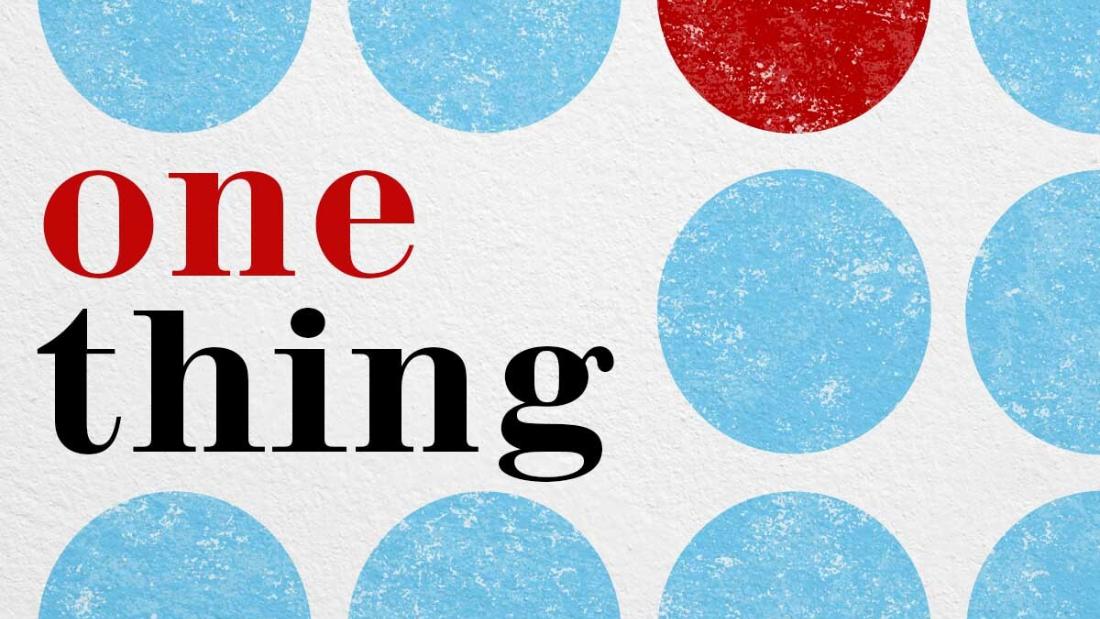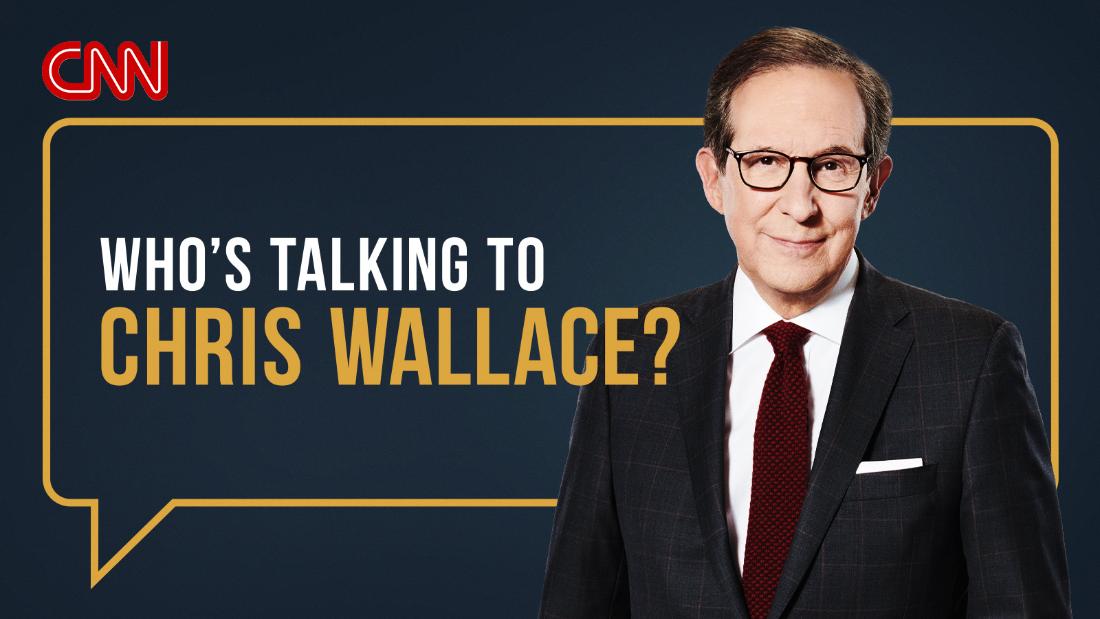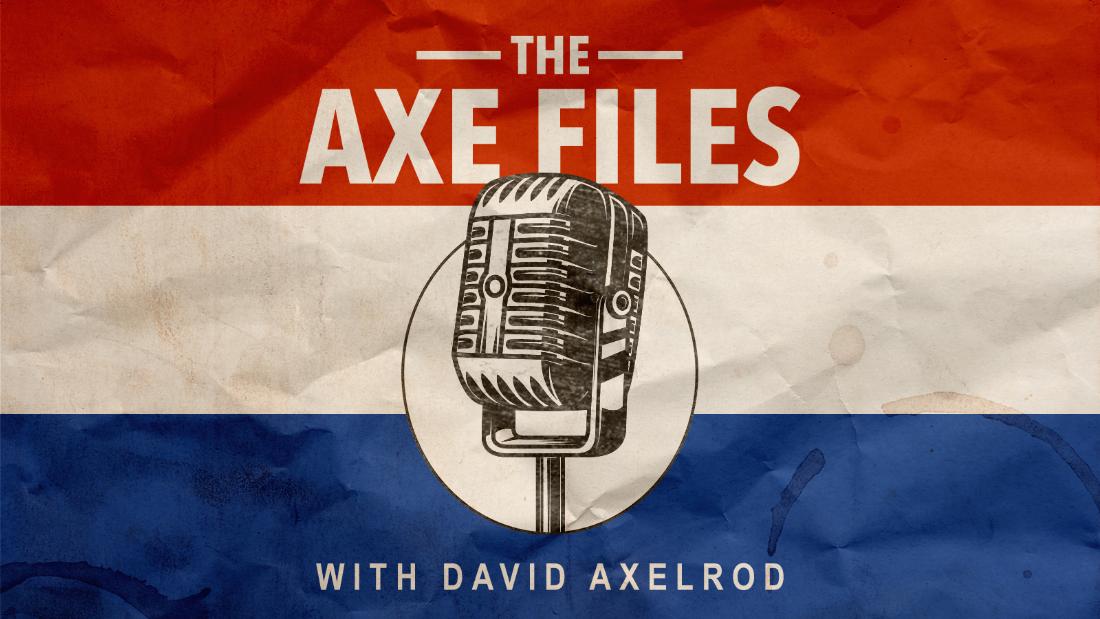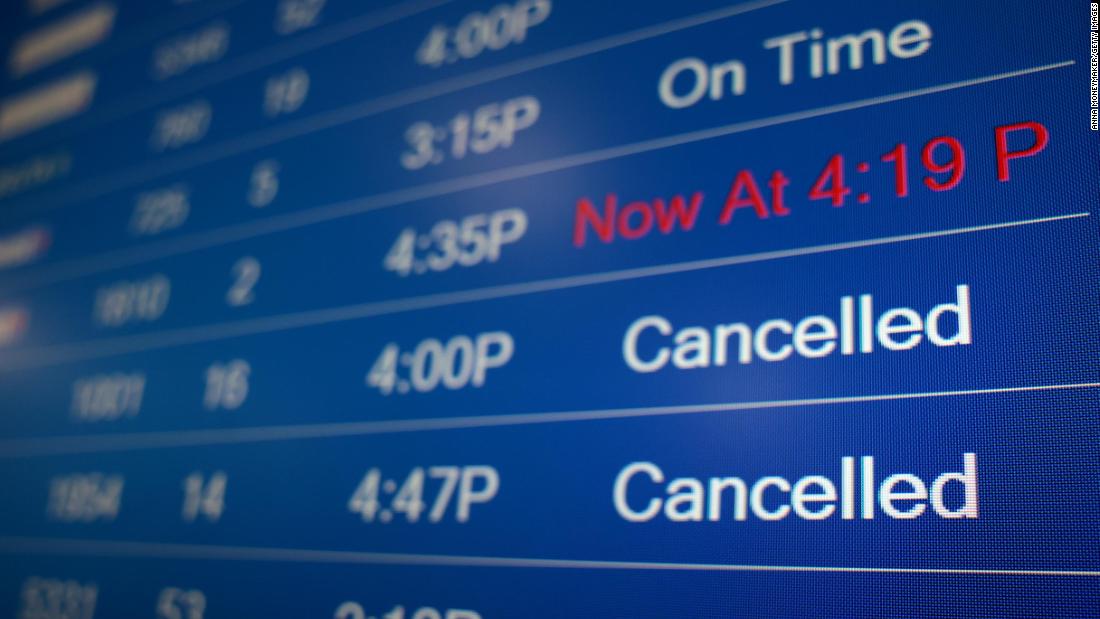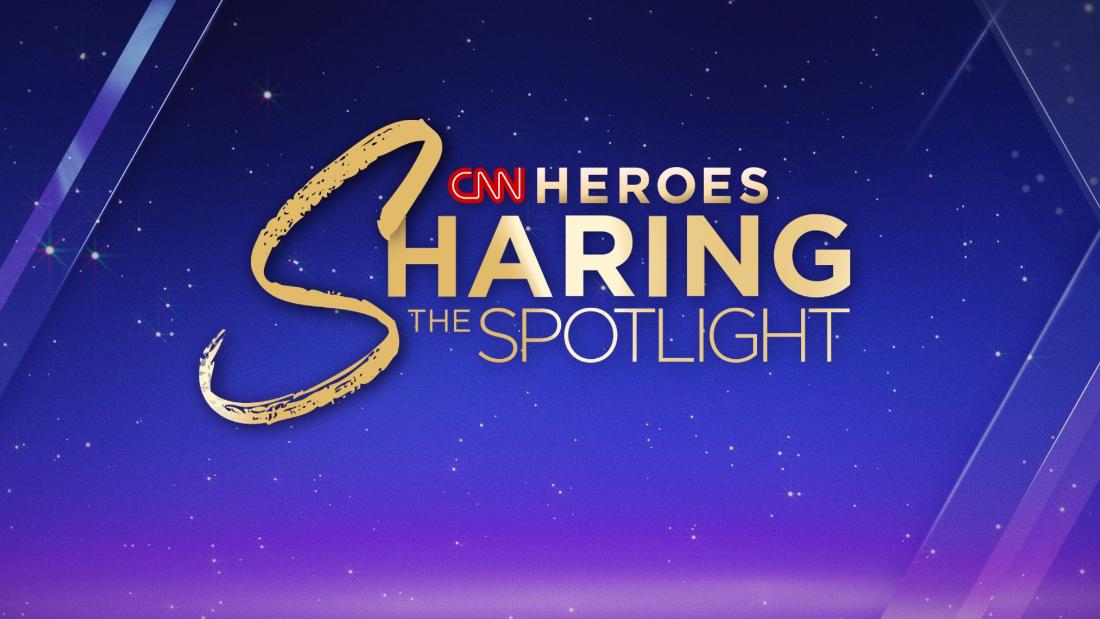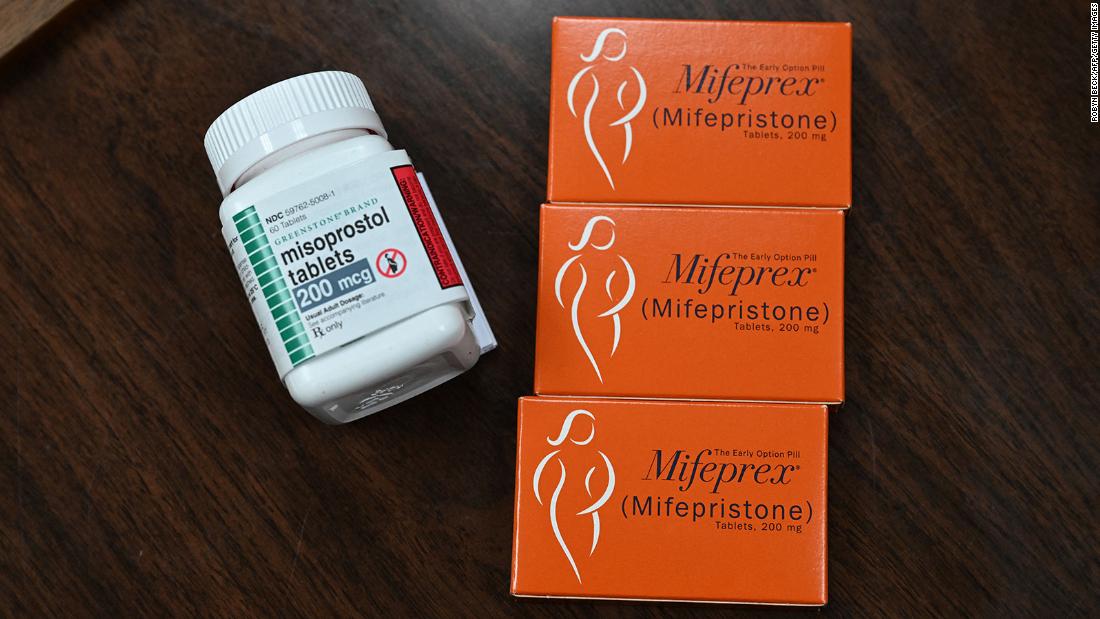FOR years considered a haven of safety and natural beauty, Ecuador is now gripped by brutal cartel warfare – giving the country the grizzly honour of becoming Latin America’s murder capital.
Just this weekend, a man believed to be a British national was lynched and burnt alive in a popular eco-tourism area on the country’s border with Colombia.
AFPEcuador is now the deadliest country in Latin America[/caption]
SuppliedIt was reported over the weekend that a British man was lynched and burned to death by a mob in the eastern part of the country[/caption]
ReutersThe country has become gripped by cartel warfare, with one gang even taking over a television station live on air[/caption]
A mob stormed a police station in Sucumbios Province where he was being held in custody for an alleged shooting, before dragging him out and setting him alight in front of police officers too terrified to intervene.
The shocking scenes are all too common for a nation whose murder rates now rank amongst the highest in the world, with civilians regularly caught in the crossfire and streets turning lawless as cops struggle to keep up with criminality and violence.
In 2023 alone, the country saw more than 8,000 deaths, an eightfold rise compared to 2018, putting it above other nations famed for their cartel violence such as Mexico and Colombia.
And a new record for the most killings in a single month was broken in January, with 781 killings.
After a series of riots saw the gangs take control of prisons, rival factions have waged bitter warfare against each other, carrying out brutal medieval-style executions and hanging bodies from bridges to mark their territory and terrify rivals.
Despite attempts by the country’s government and armed forces to crack down on the cartels, Ecuador remains the world’s number one exporter of cocaine.
On Thursday, gunmen wearing replica military gear attacked a crowd at a cockfighting ring, opening fire and murdering 12 people.
Local reports indicated that the massacre was carried out by a criminal gang whose rivals were at the event in the north-west of the country.
And earlier this month, at least 22 people were murdered in Guayaquil after rival trafficking factions exchanged gunfire in a fight over territory.
The Easter period often sees violence spike, with 80 killings recorded in just three days around this time last year.
The terrifying spree saw ten men gunned down while playing a volleyball game in Gauyaquil, while the day before five young men were shot dead in the small fishing village of Puerto López.
And in the early hours of Good Friday last year, 20 armed cartel members stormed a hotel where six young tourists and five children were enjoying a holiday, kidnapping all eleven.
The six adults were taken to a patch of scrubland and shot, with only one surviving.
It is believed they were targeted by the Los Choneros gang, one of the country’s largest, who mistakenly believed them to be members of a rival group.
Televised takeover
The most dramatic example of the escalating violence occurred in January last year, when masked gunmen broke into a television studio, threatening the presenter while live on air and trying to force him to read out a warning to police.
“They were kids – kids with guns,” the presenter, Luis Calderón, later told the Guardian.
“They seemed proud of what they were doing… it was as if they were playing a game – only with extremely dangerous and lethal weapons,” he recalled.
Police successfully made 13 arrests following the attack, which also happened in the port city of Gauyaquil.
ReutersIn scenes that shocked the world, gang members armed with guns held presenters and studio producers hostage on live TV[/caption]
ReutersThe cartel even attempted to force the presenter to read out a warning to the police[/caption]
AFPPolice successfully neutralised the hostage situation and made 13 arrests[/caption]
Then in May, a further eight were killed after a bar was sprayed with bullets where people had gathered to celebrate a birthday in the coastal province of Santa Elena.
Many of the shootings are carried out in a display of dominance, terrifying rivals and keeping local residents subdued.
Gangs such as Los Tiguerones, Los Lobos, and Los Choneros have even resorted to gruesome tactics such as cutting out the hearts of captured rivals and showing off the killings on social media.
Other victims may find themselves being hanged from bridges, their limp bodies serving as a warning to anyone entering the cartel’s territory.
While South America has long been associated with drug-related violence, Ecuador for years remained relatively peaceful and free from any serious gang violence.
In 2020, the country had a murder rate of just 7.7 per 100,000 people. But by 2023 that figure stood at a shocking 44.5 murders per 100,000, making Ecuador the deadliest country in the region.
People consume abroad – but they don’t understand the consequences that take place here
Major Edison Núñez
Much of this is driven by a huge increase in the supply of cocaine from neighbouring countries, which recently reached a record high.
“People consume abroad – but they don’t understand the consequences that take place here,” Major Edison Núñez of the Ecuadorean national police told the New York Times.
Trafficker’s paradise
Bordering Peru and Colombia and with a long coastline, Ecuador is perfectly positioned to facilitate the flow of the drug onwards to North America and Europe.
Police in Ecuador had limited experience dealing with cartels, making them ill-equipped to handle the increase in gang activity.
Many of the gangs were previously small players, focussing only on activities such as extortion and the local drug market.
But the cartels then ruthlessly expanded their numbers, breaking inmates out of prisons and forcing others to do their bidding or face death, even recruiting children as young as 13.
The neutralisation of the Farc rebel group in Colombia, who operated deep in the Amazonian rainforest, also opened up the trafficking routes to new players determined to seize as much of the cocaine trade as they could.
AFPA huge increase in the supply of cocaine has seen Ecuador become the world’s new drug smuggling hotspot[/caption]
AFPThe drug is smuggled over the border from Colombia and Peru, where it is produced, before being shipped from ports on the country’s Pacific coast to destinations in North America and Europe[/caption]
AFPWith help from Mexican and Balkan drug gangs, the cartels have expanded in numbers and are now engaged in a violent struggle to control the smuggling routes[/caption]
The drug is often exported by hiding it within shipments of items such as bananas and pineapples.
According to the country’s coastguard, 90 per cent of the illicit trade leaves via the port of Guayaquil.
As a result, the city has become the epicentre of the battleground between rival drug trafficking gangs and the armed forces, and the final resting place of hundreds of victims.
“It’s like a cemetery with human body parts left strewn about,” a local police captain told The Guardian.
In nearby Durán, where more than 400 people were killed in 2023 alone, the streets are graffitied with the motto of the local Los Tiguerones gang – “God, Peace, Freedom”.
According to the country’s President Daniel Noboa, 70 per cent of the world’s cocaine is shipped via his country.
A free trade agreement with Europe and the widespread use of the dollar also increased the attractiveness of smuggling the drug through Ecuador.
Open warfare
The recent uptick in violence began in 2020, when the assasination of gang boss Jorge Luis Zambrano, leader of Los Choneros, caused his gang to split into bitterly-opposed factions.
Through a series of massacres the groups then fought to take control of the country’s prisons, which then became the bases of their trafficking operations.
In early 2021, fights broke out across four prisons that led to 79 inmates being killed, before later that year 123 died after violence erupted in the notorious Litoral jail in Guayaquil.
Efforts to bring the riots to an end by transferring key prisoners to other prisons had the opposite effect, causing the violence to spread around the country as alliances were forged between gang members.
By 2022, conditions become so bad that a report by the Inter-American Commission on Human Rights declared that the government had lost control of its prisons.
But the warfare has now openly spilled out into the streets, thanks to the cartels making increased profits.
Such is the extent of their growth that older, more established gangs from Mexico and Albania have provided assistance, financing their activities and assisting with the storage and transport of cocaine.
ReutersPresidential candidate Fernando Villavicencio was brutally slain in a targeted assassination by the cartels[/caption]
ReutersA brutal crackdown by the country’s armed forces has yielded some success, but they remain outnumbered by the groups[/caption]
GettyPresident of Ecuador Daniel Noboa has called for international help in bringing an end to the violence[/caption]
The armed cartels are now thought to have more than 40,000 members, according to the country’s president, outnumbering the 35,000-strong military.
And in an echo of the civil war-like violence that’s afflicted Mexico, gangs in Ecuador have also carried out a series of hits on high-profile public prosecutors attempting to bring the gangs to justice, including César Suárez, who was leading the investigation into the attack on the TV station.
Most shockingly, in August 2023, presidential candidate Fernando Villavicencio was gunned down in a hail of bullets as he left a political rally being held in the country’s capital, Quito.
However, the fightback from the country’s police and armed forces has been fierce.
Following the TV station attack that shocked the nation, a state of emergency was declared with President Noboa warning an “internal armed conflict” now existed.
We need to have more soldiers to fight this war…we need the help of international forces
President Noboa
Though the crackdown successfully decreased the murder rate by 16 per cent from 2023 to 2024, news reports in the country are still filled with bombings, shootings, and brazen executions.
In March this year, President Noboa called on the US, Europe and Brazil to help with the fight against the cartels.
“We need to have more soldiers to fight this war…we need the help of international forces,” he told the BBC, adding that he hoped to see Trump designate the gangs as terrorist groups.
“They’ve mutilated people. They’ve raped thousands of women. They’ve trafficked human organs. They’ve traded illegal gold. And moved more than 1,000 tonnes of cocaine in a year.”
Published: [#item_custom_pubDate]













